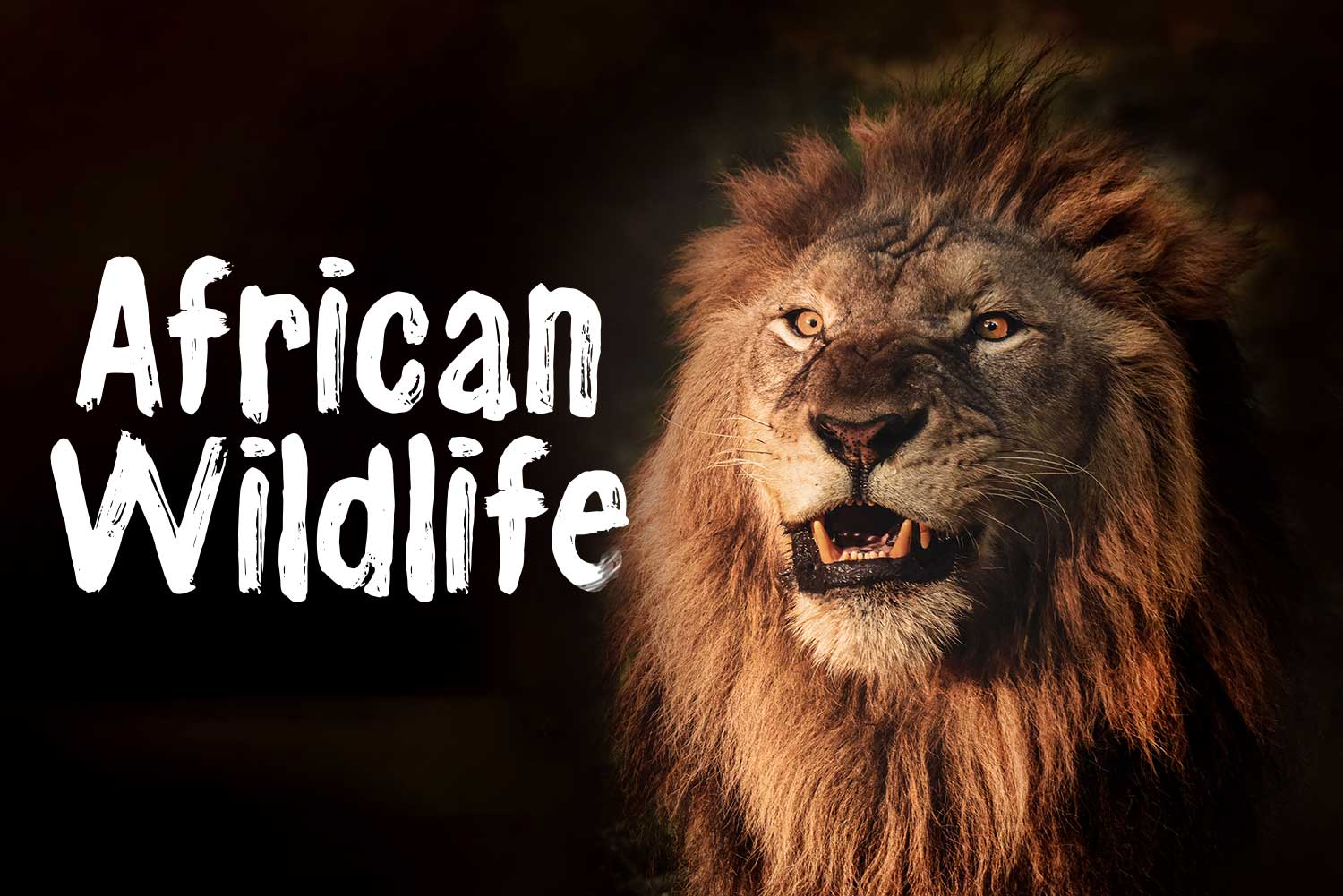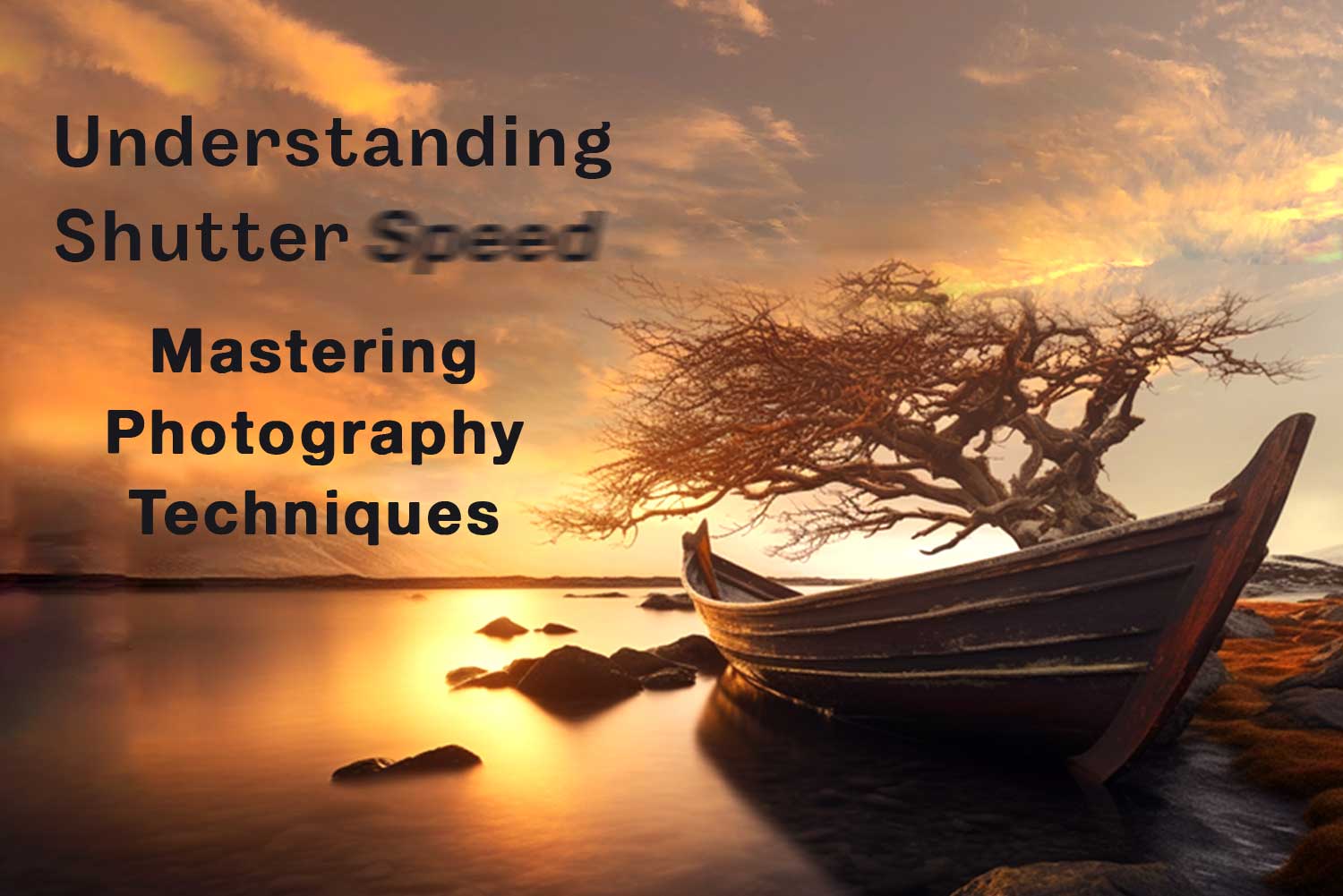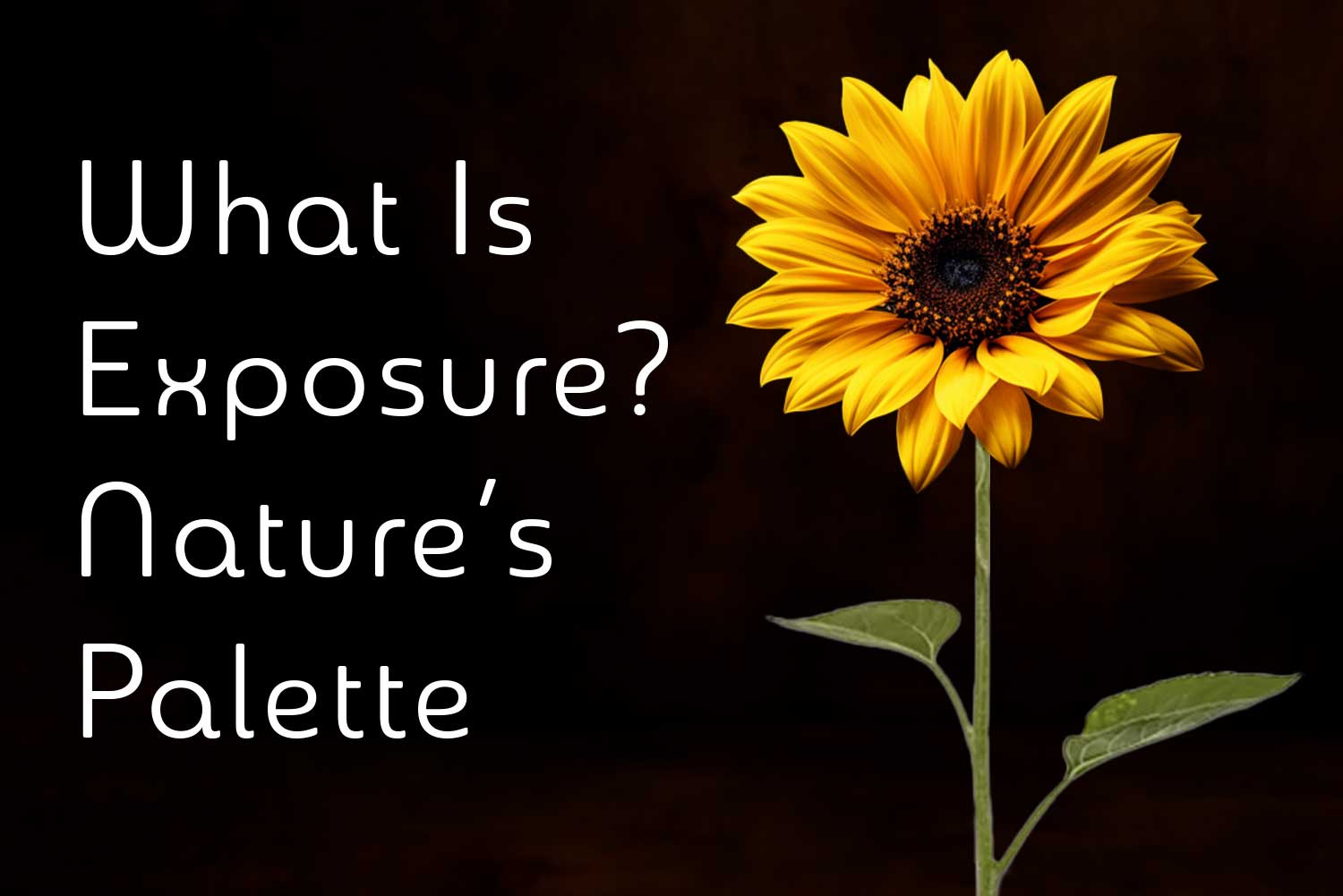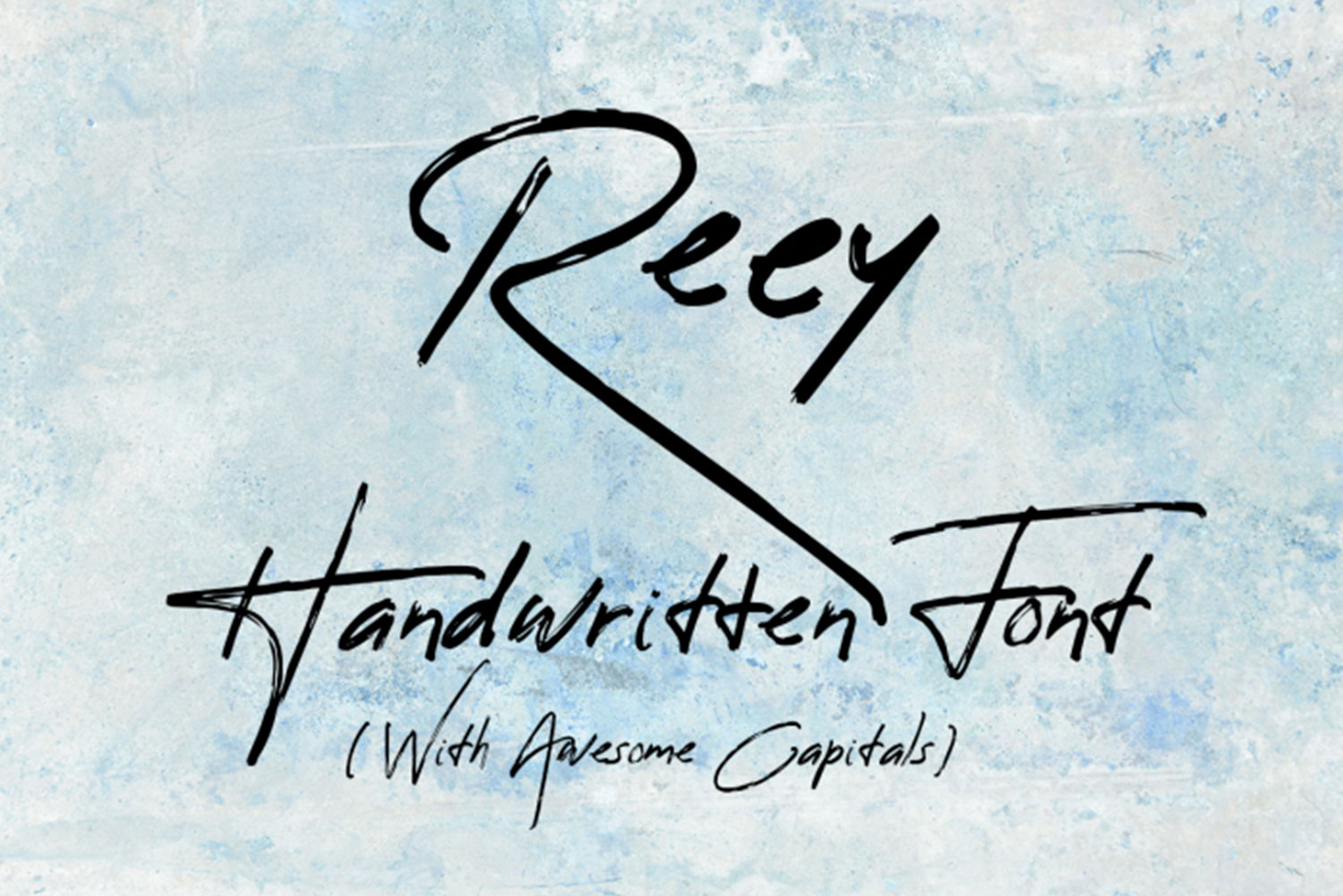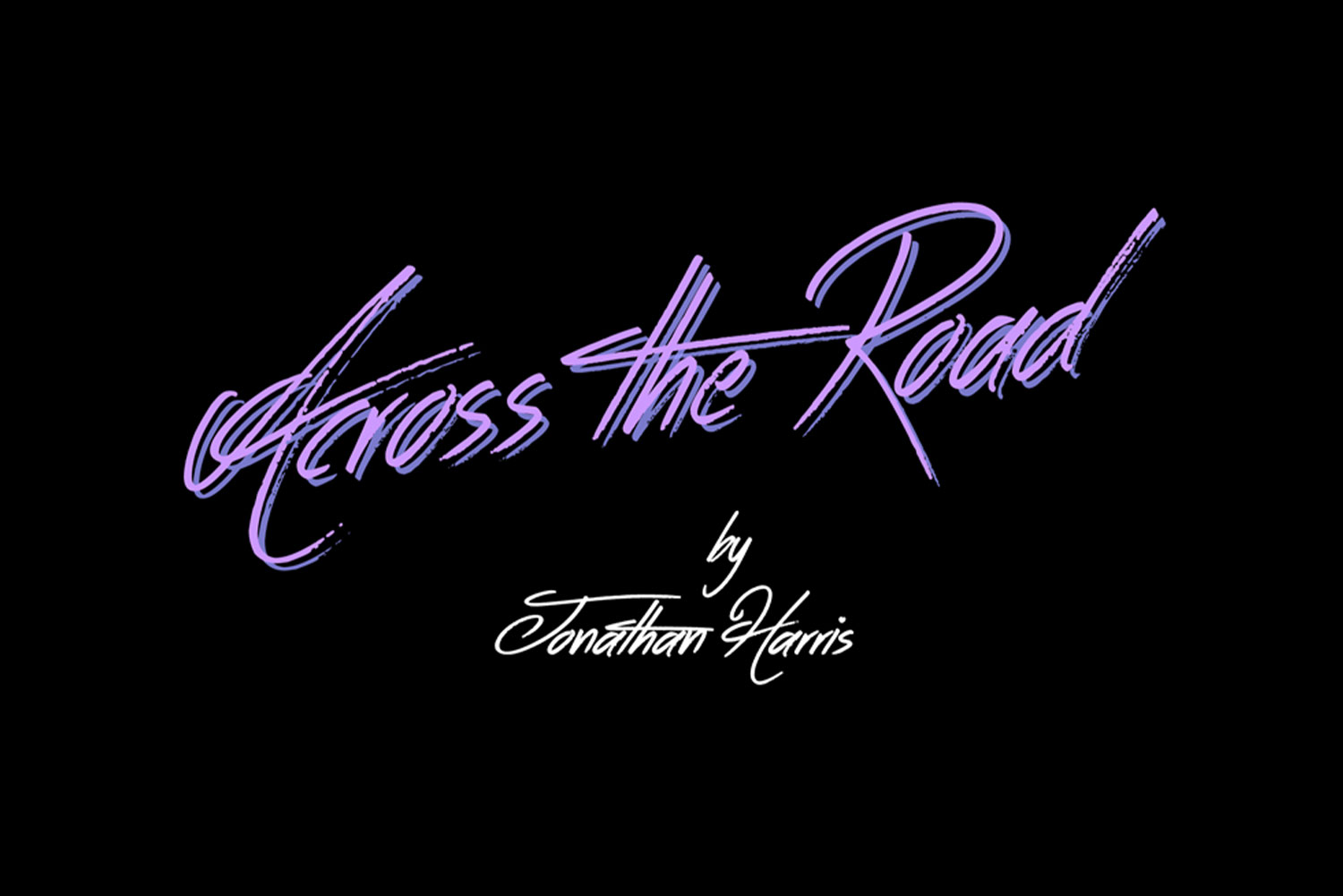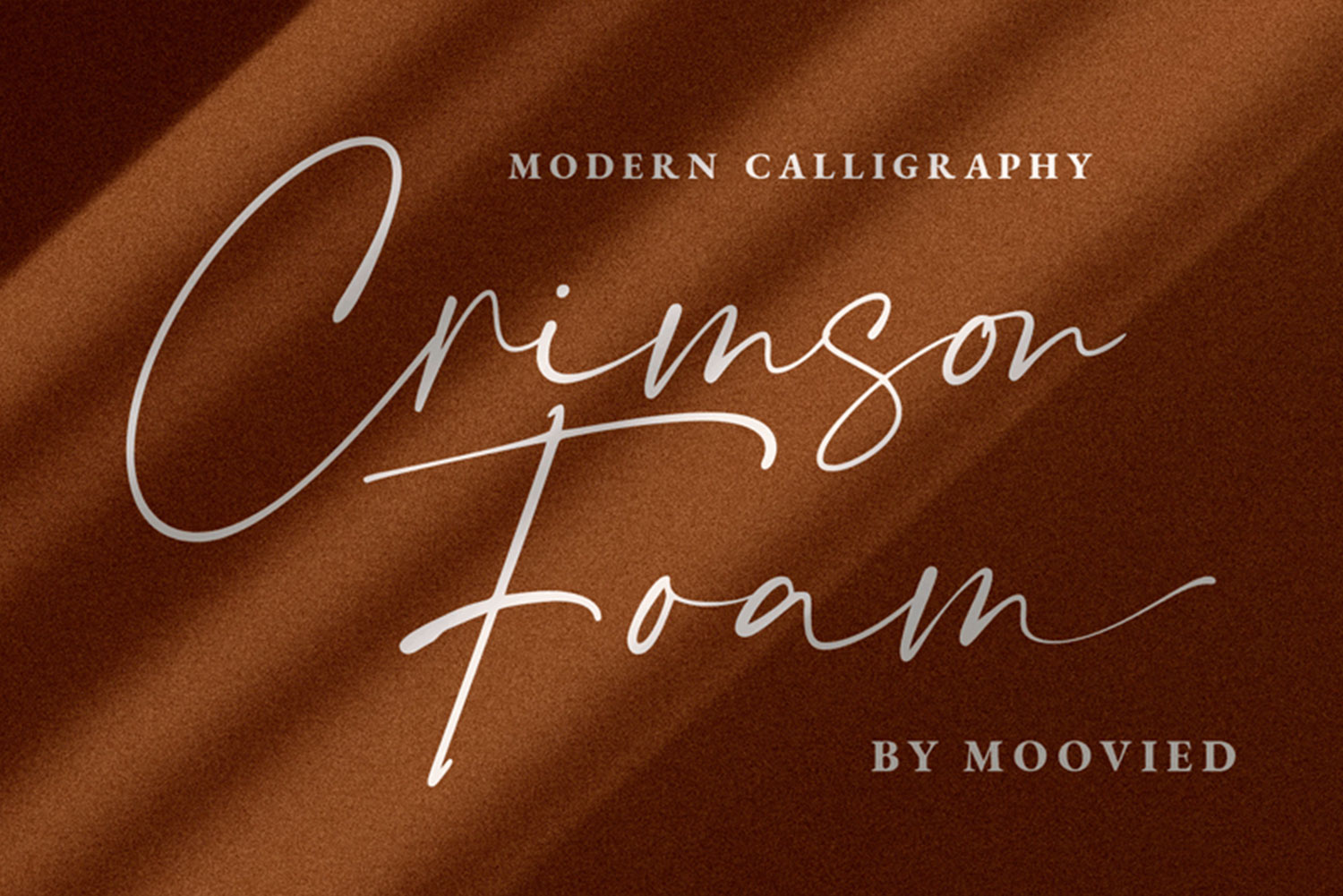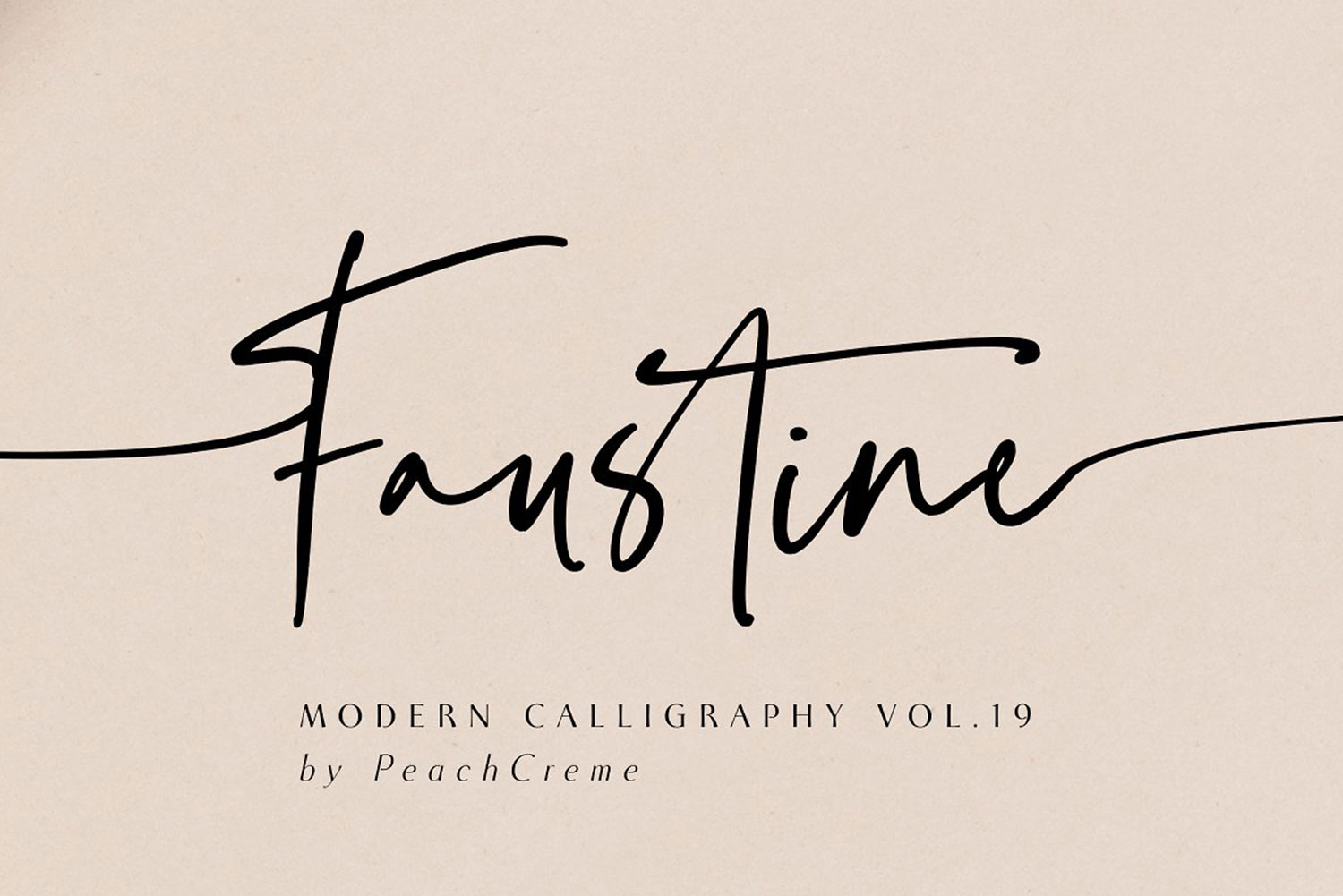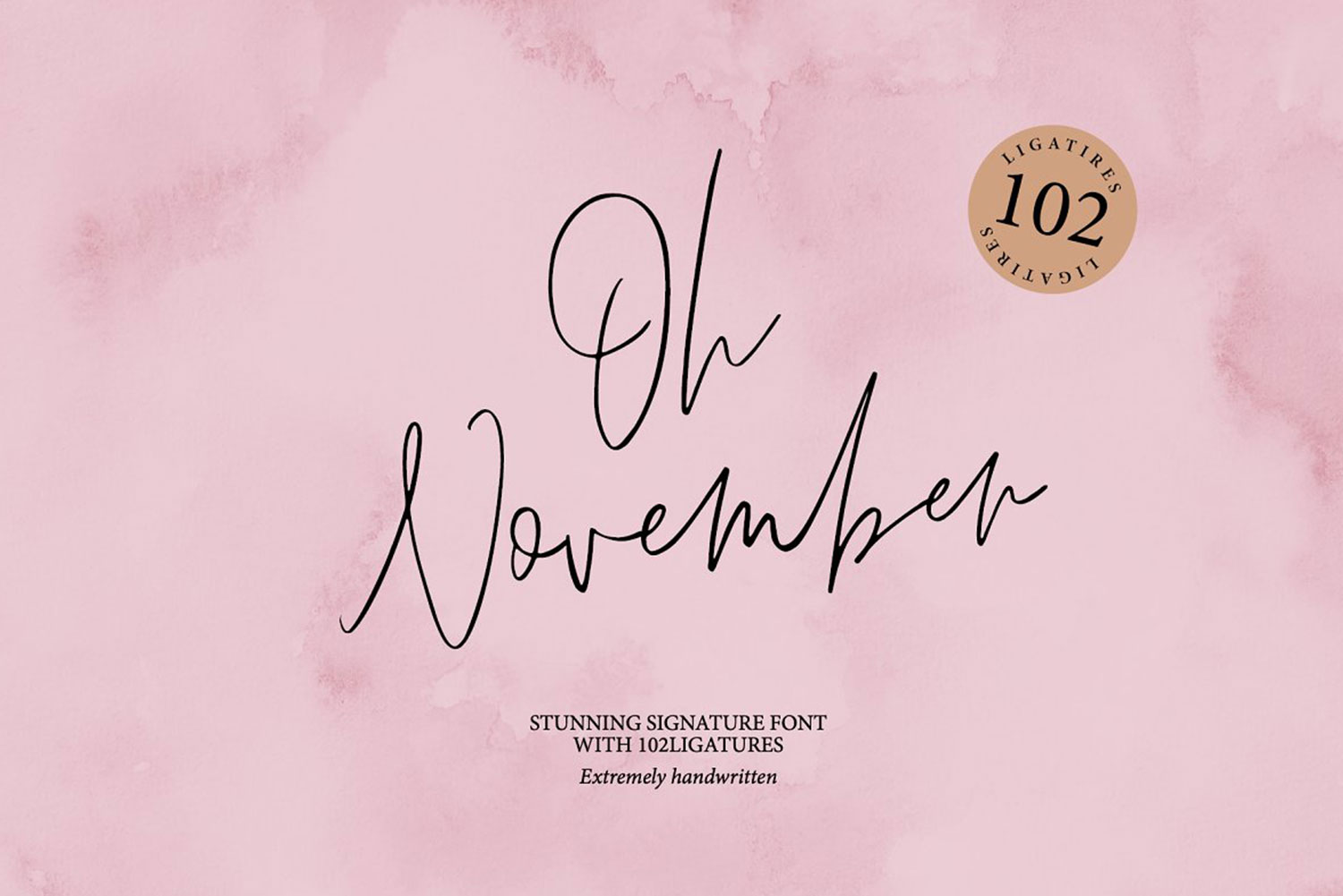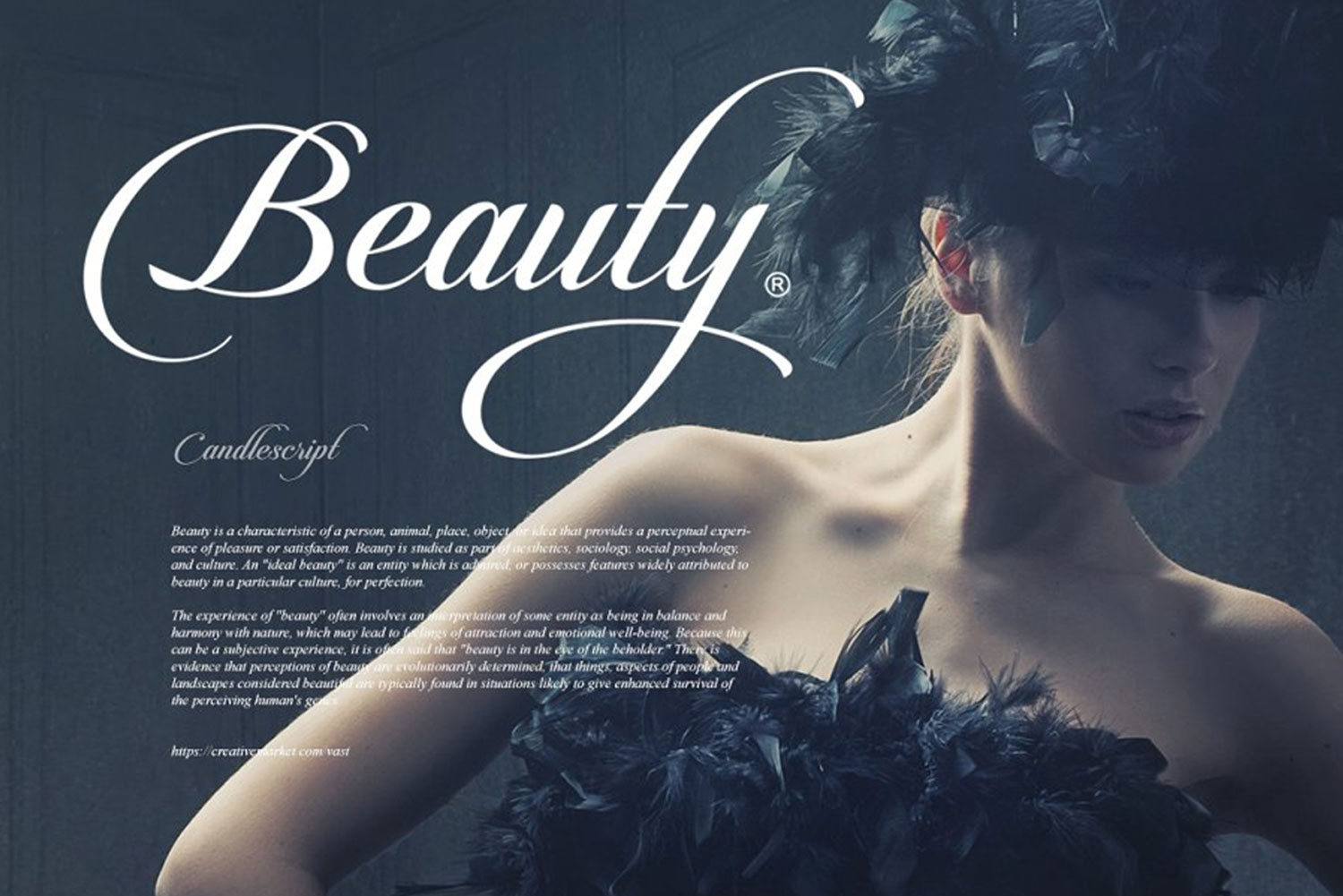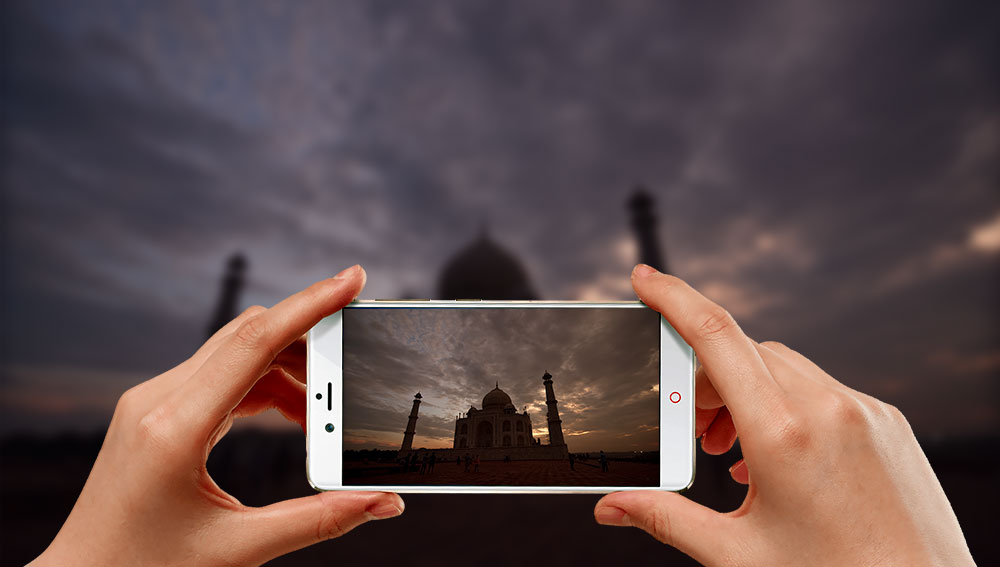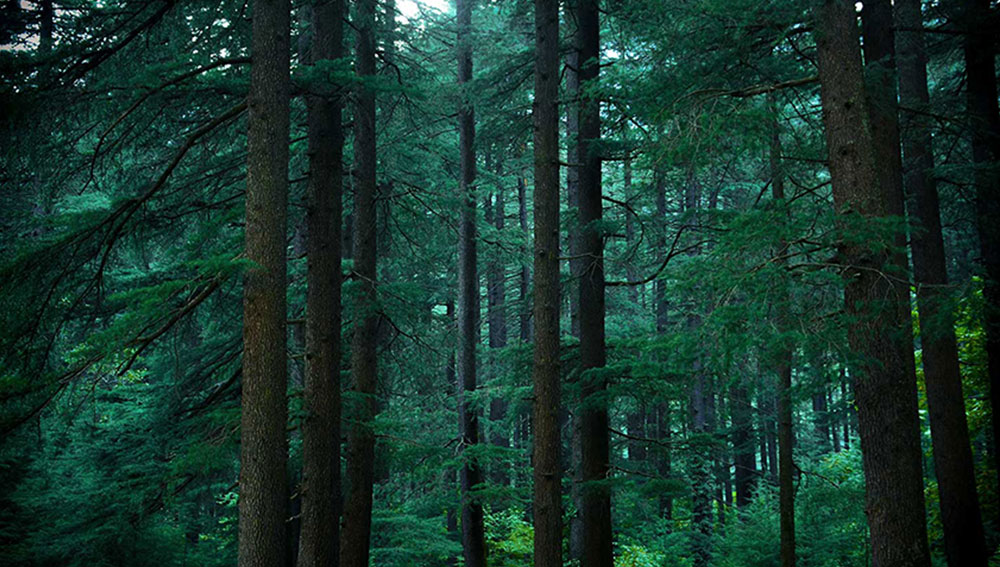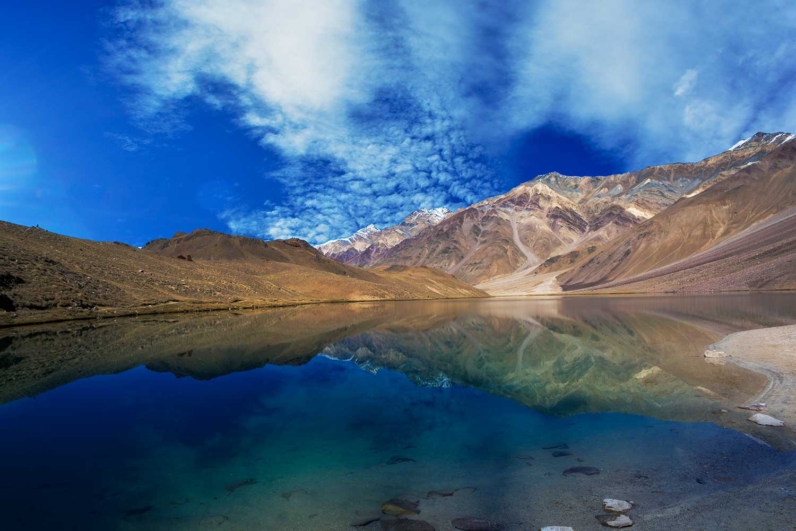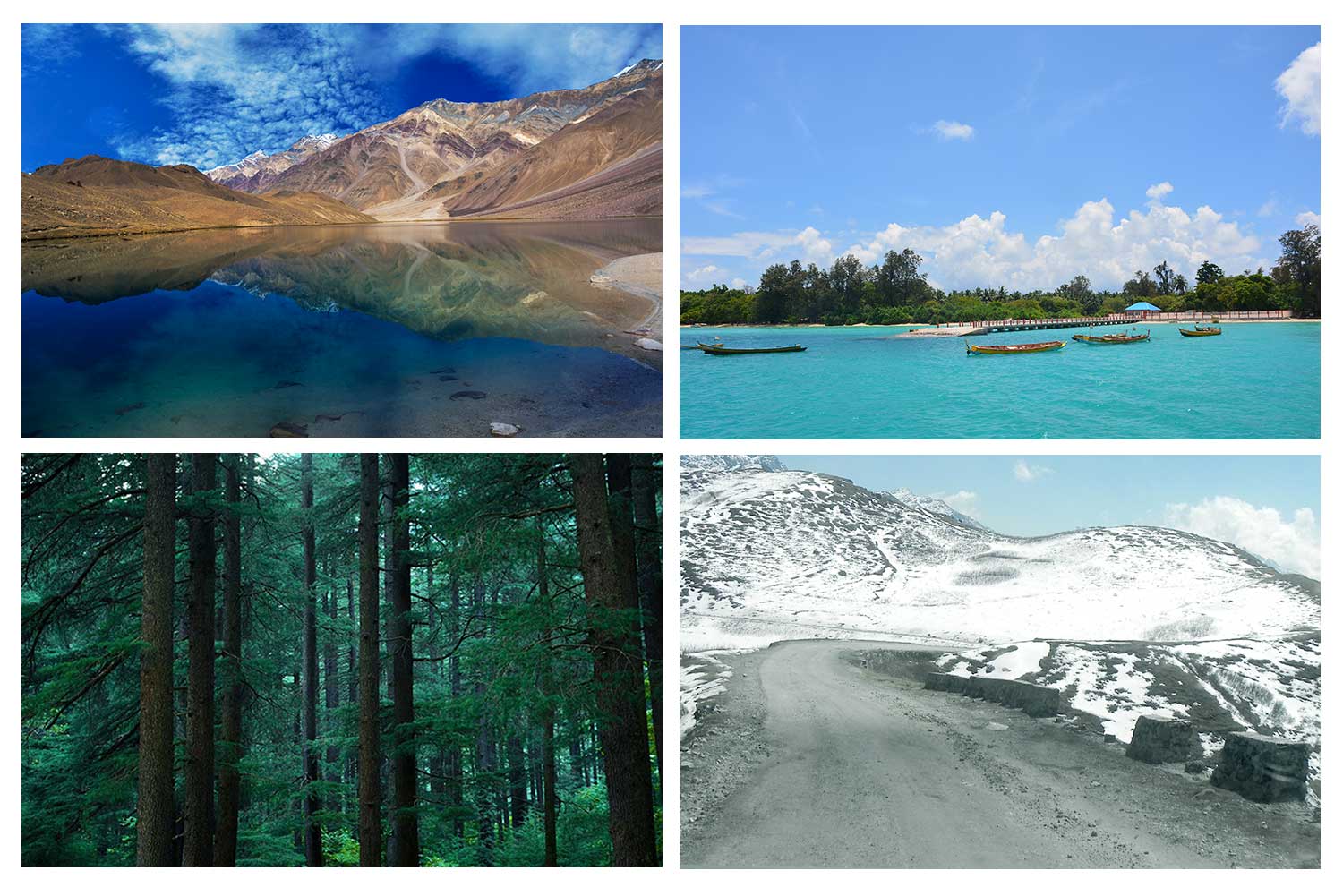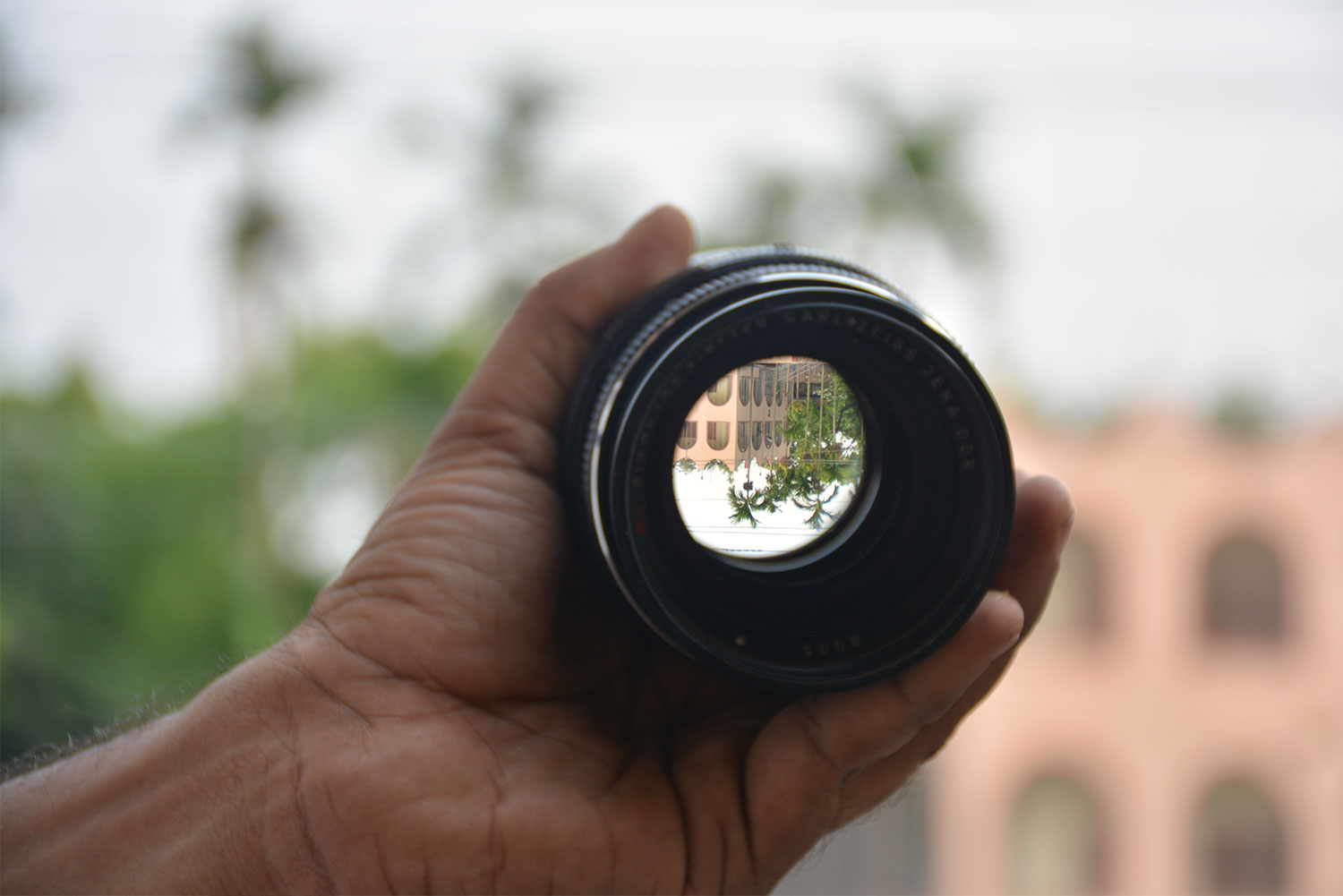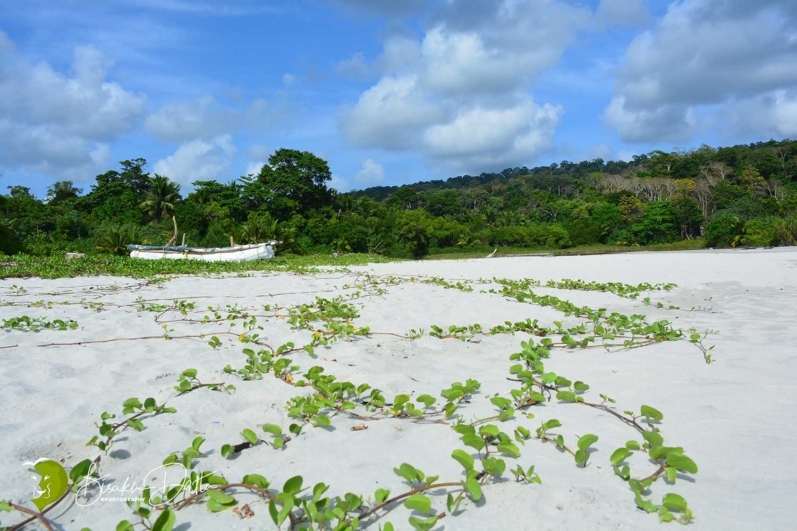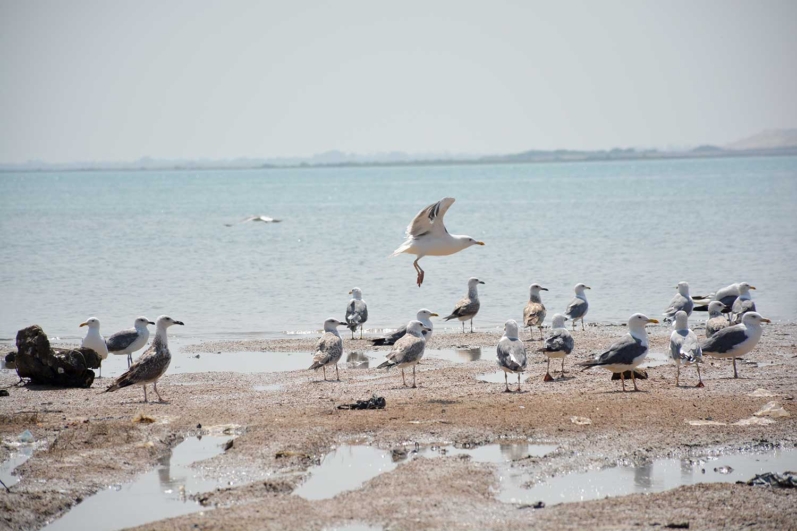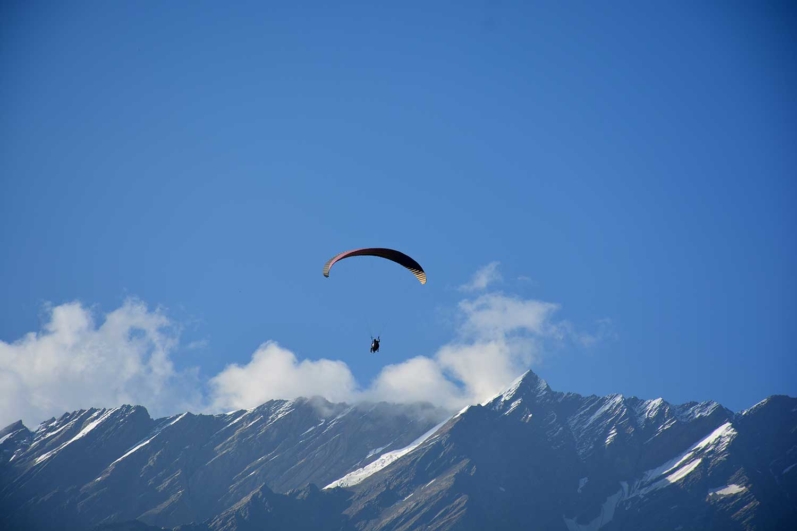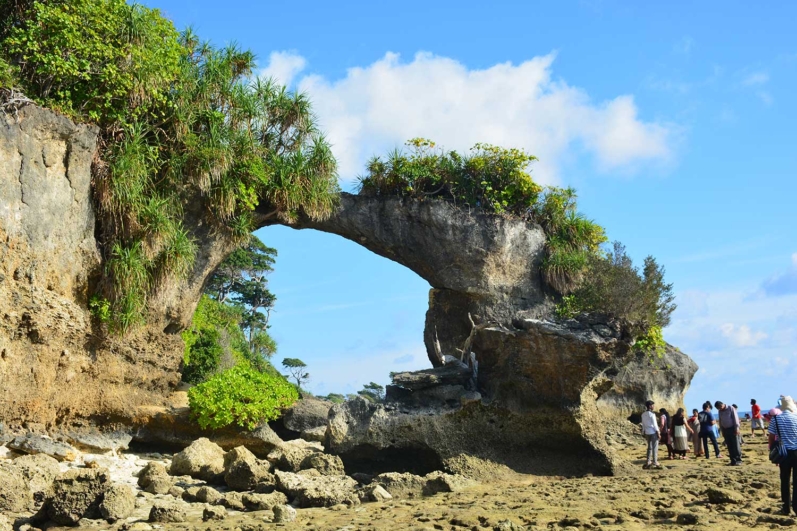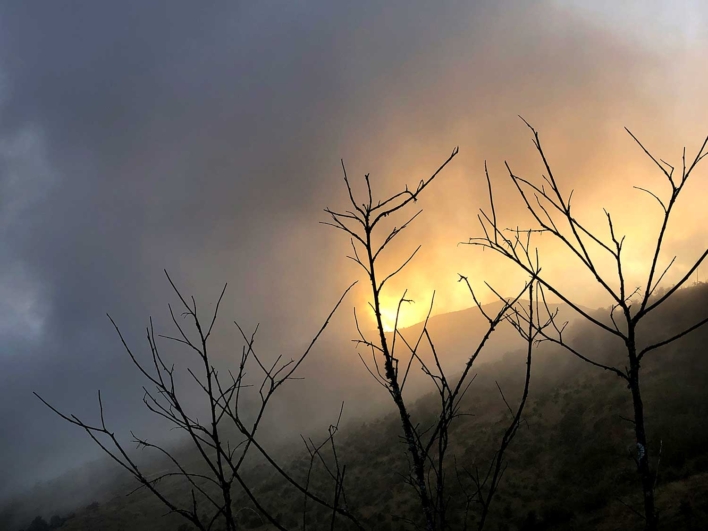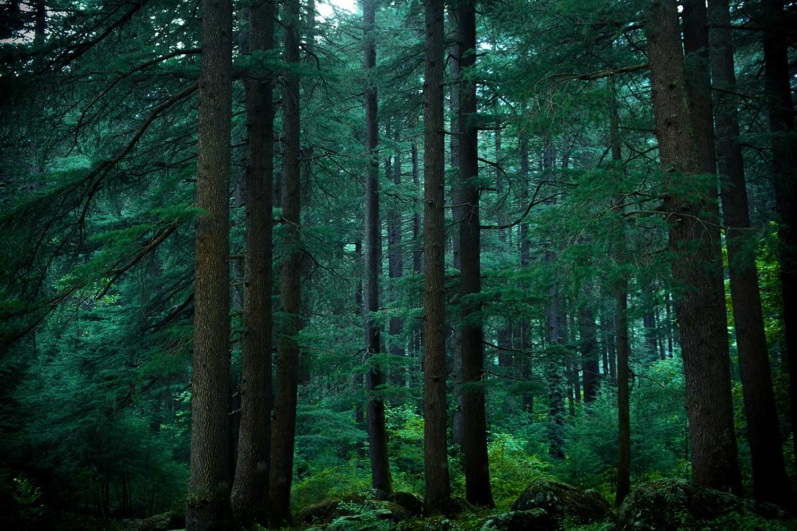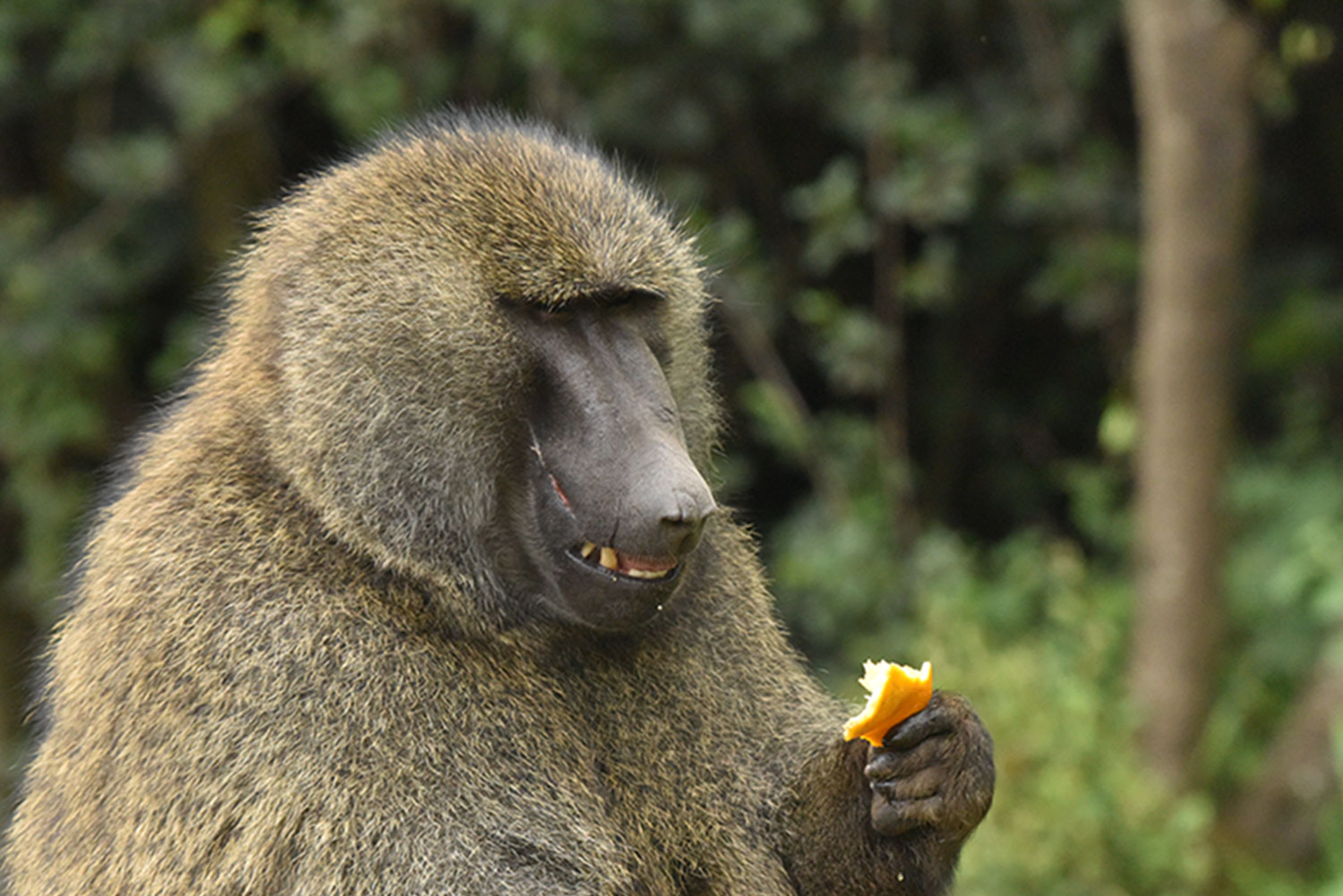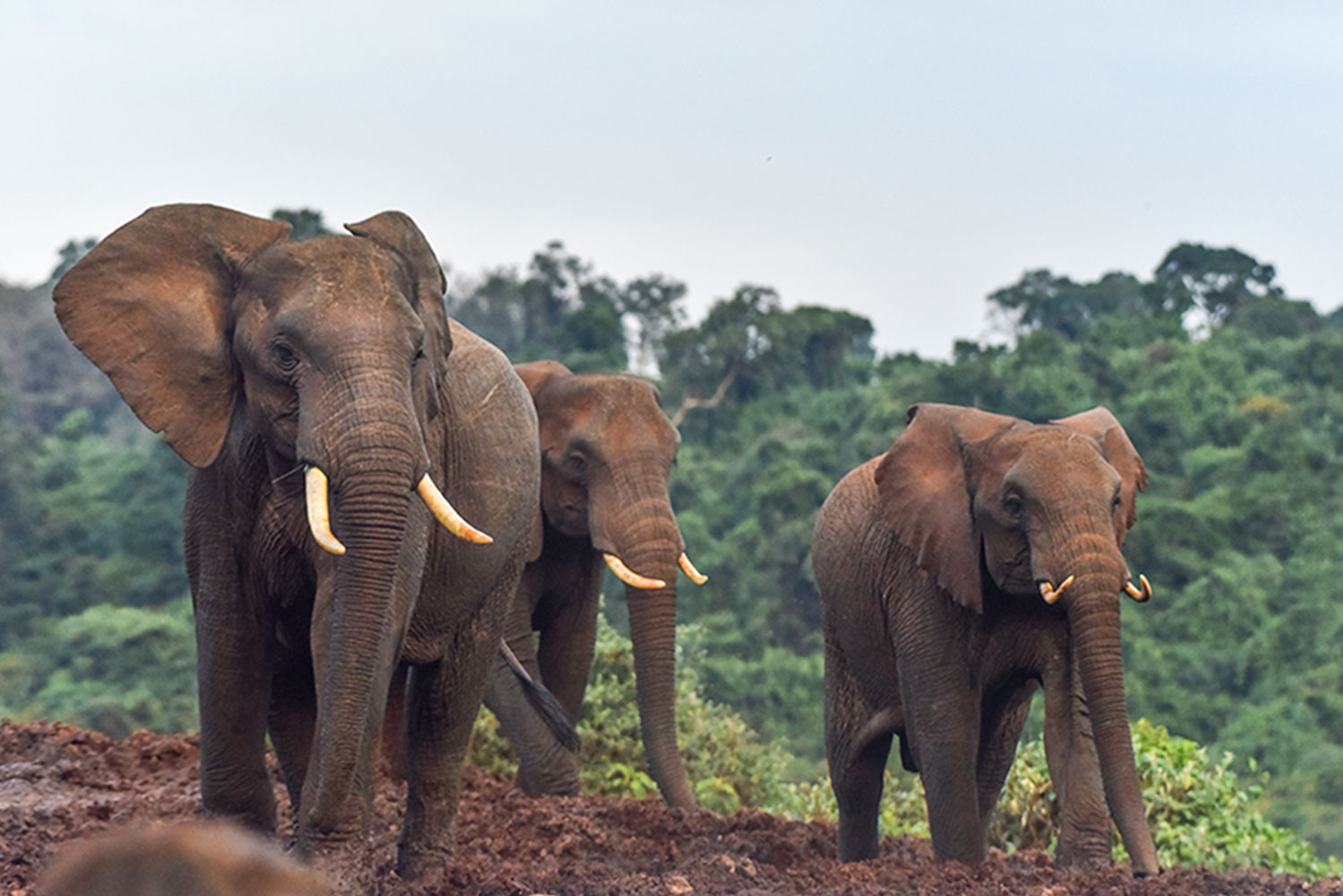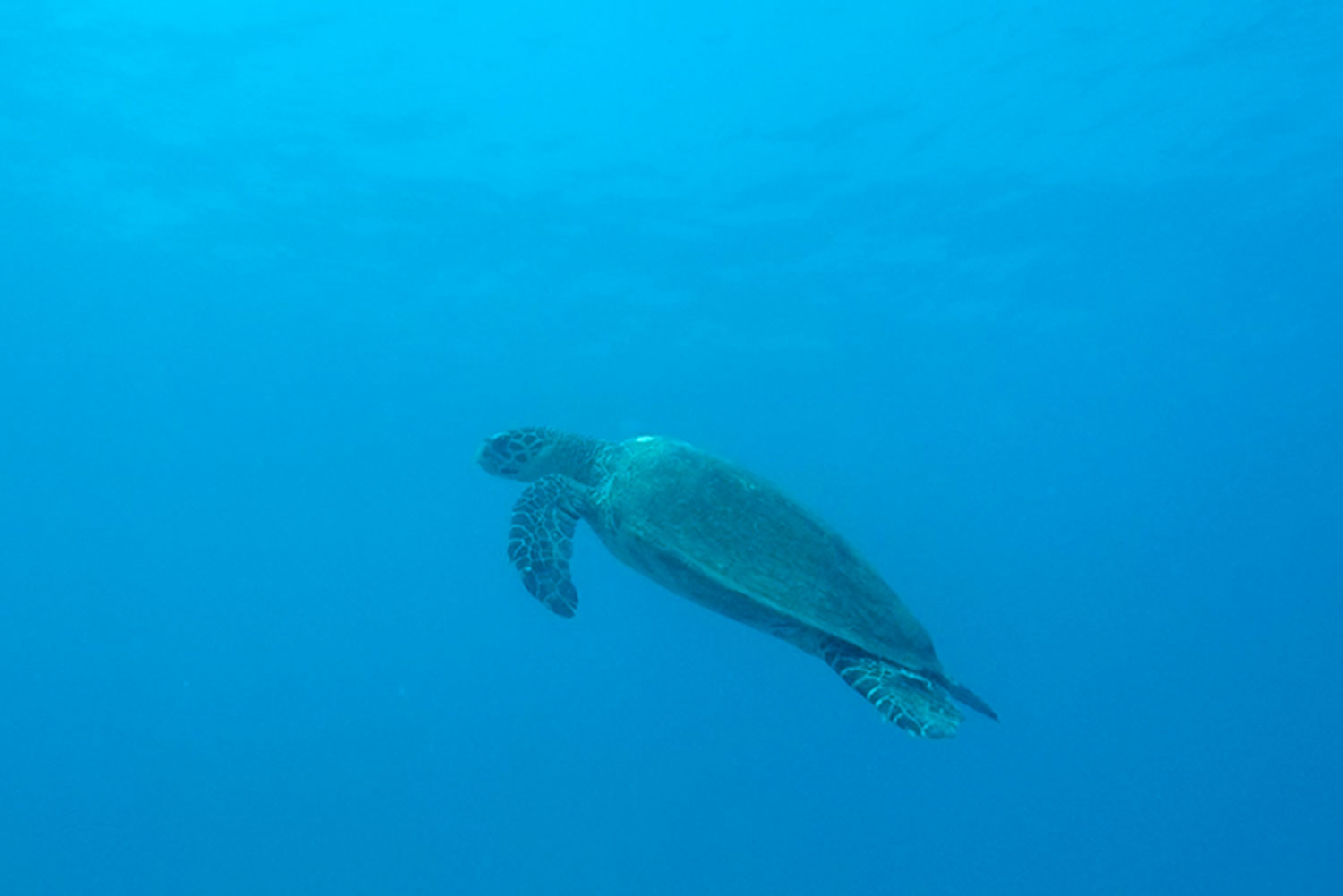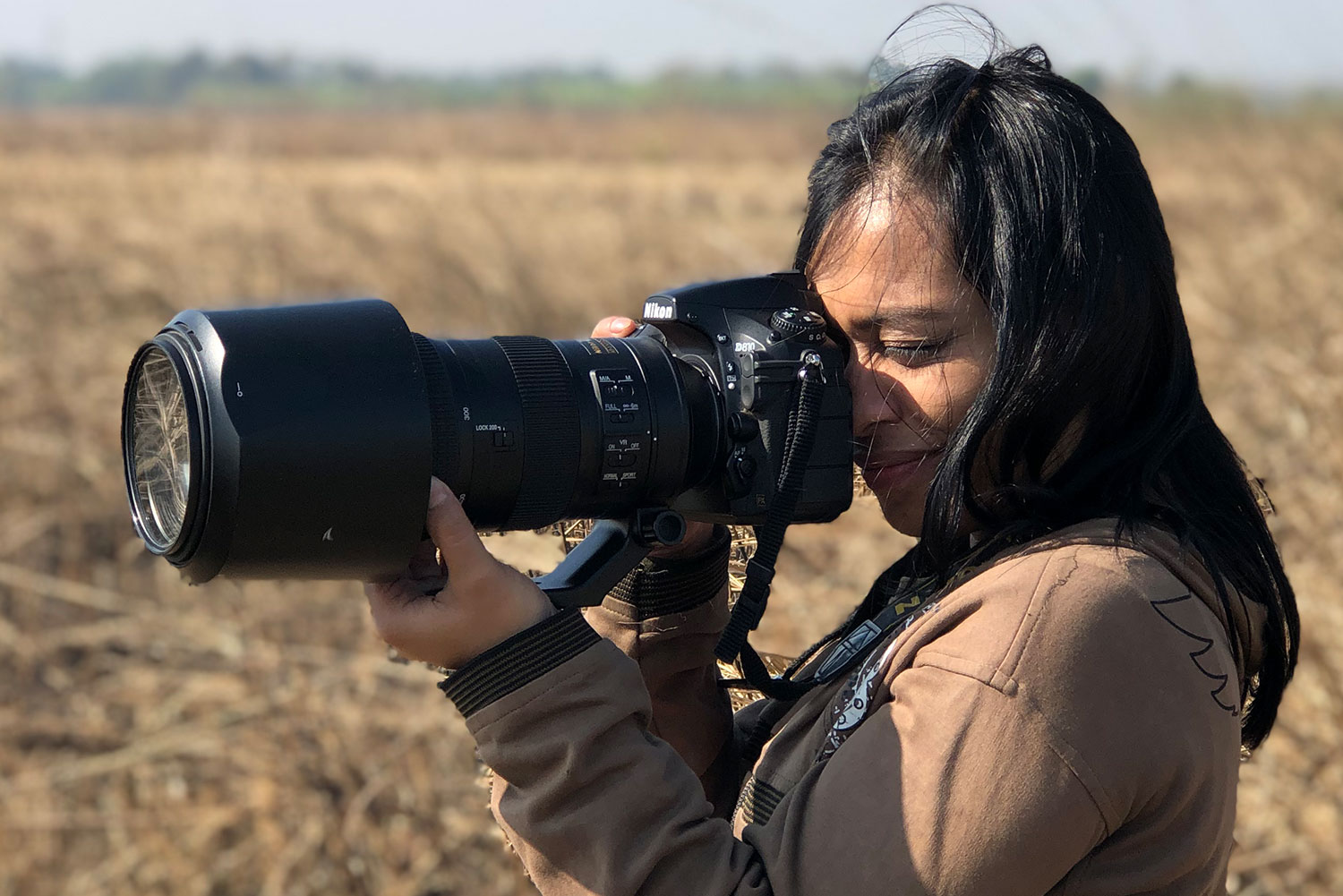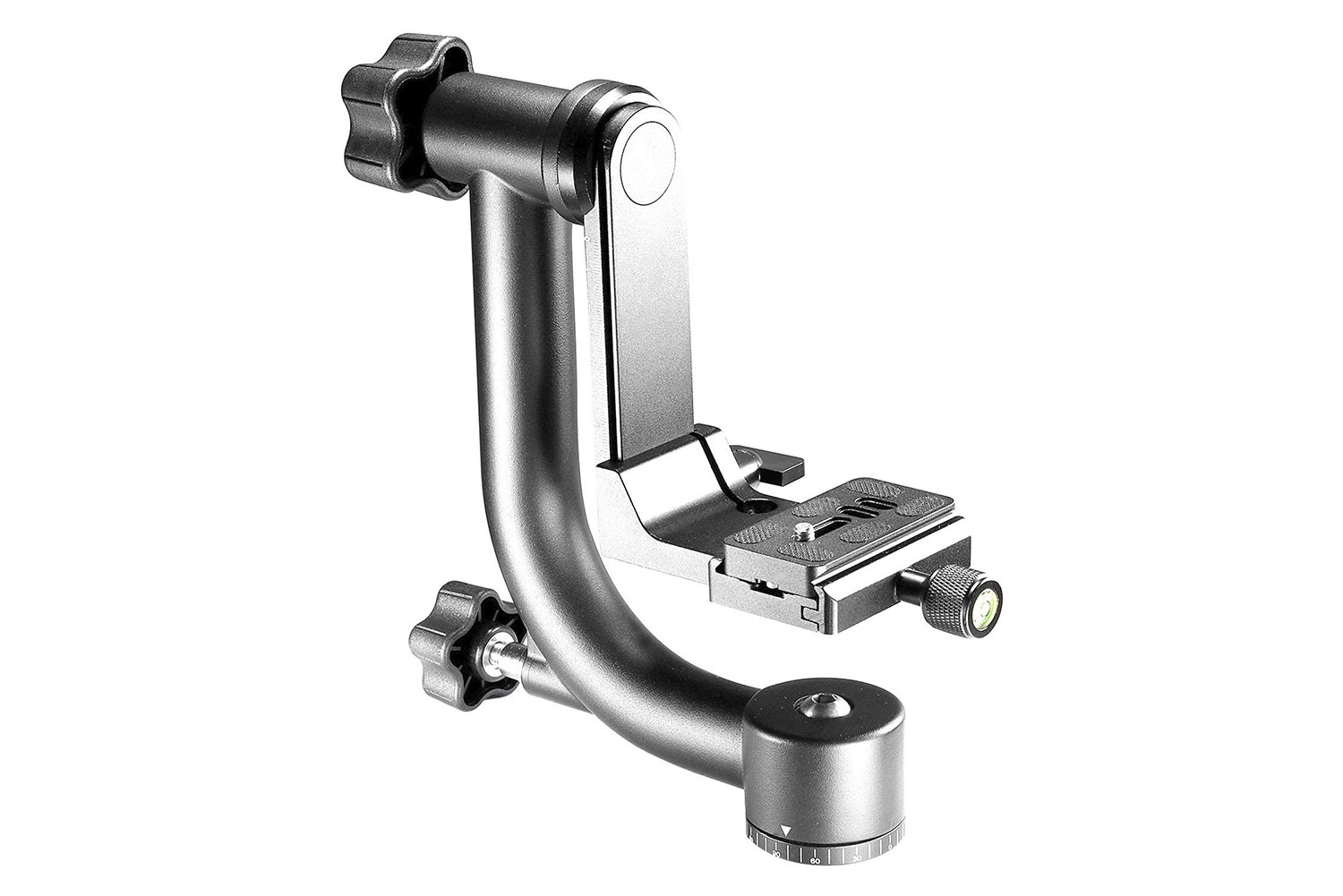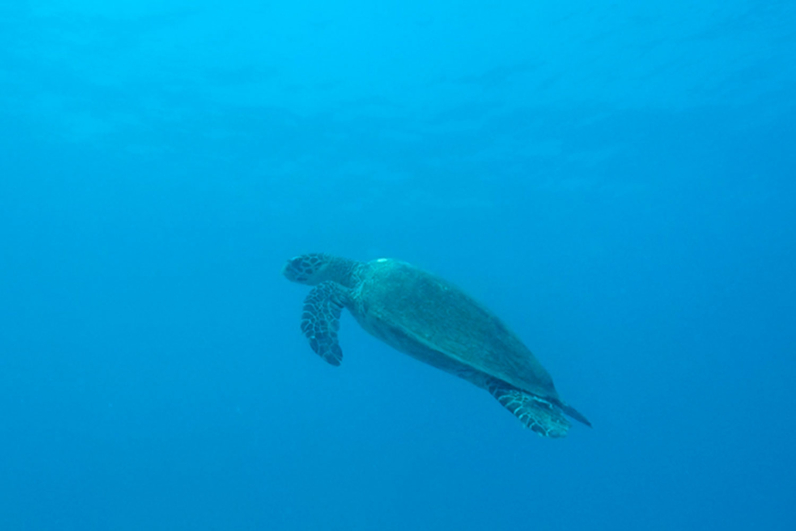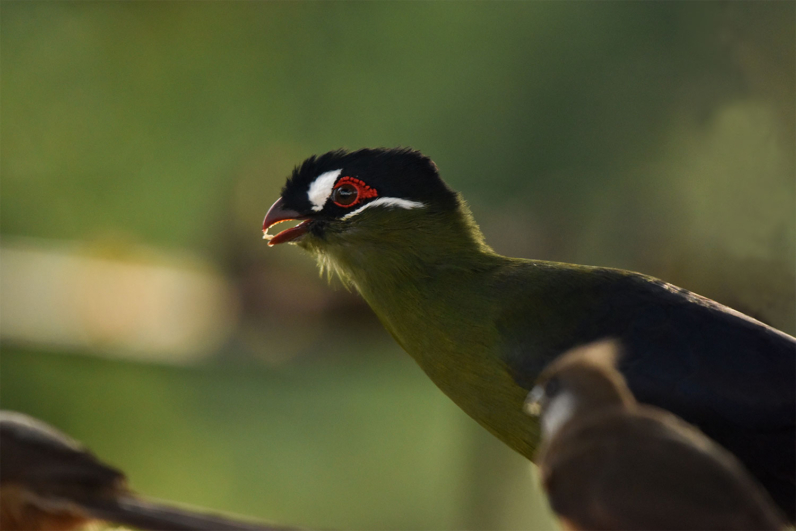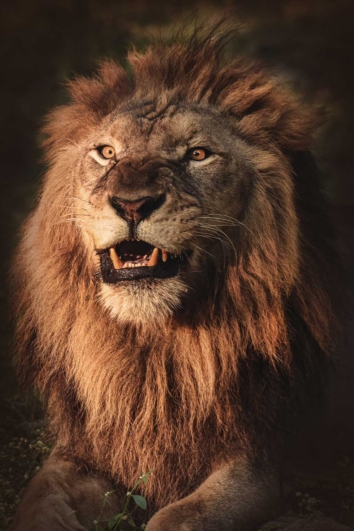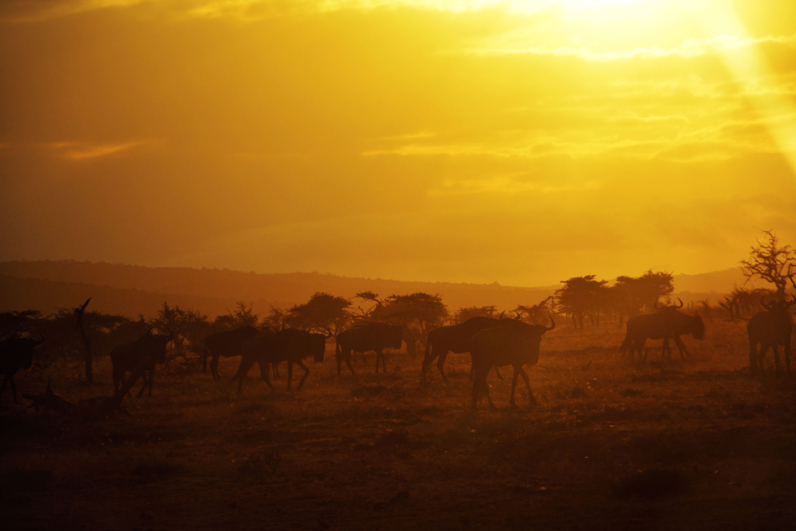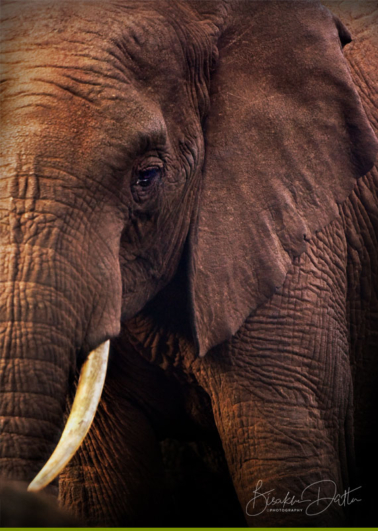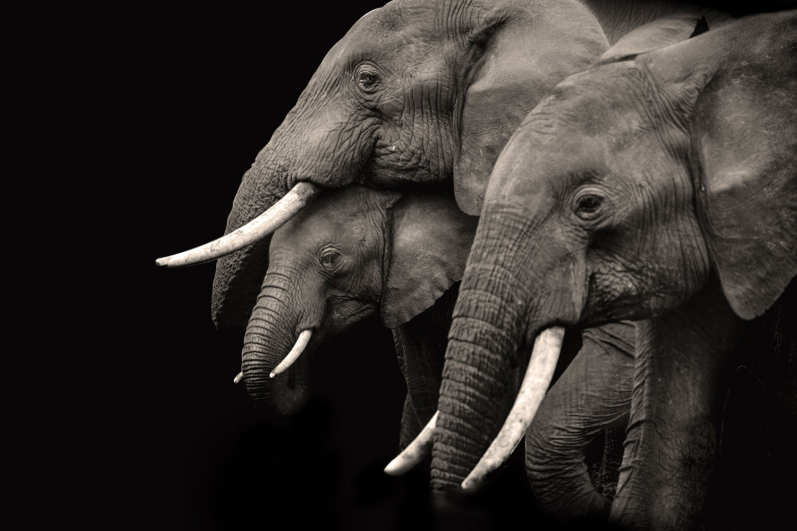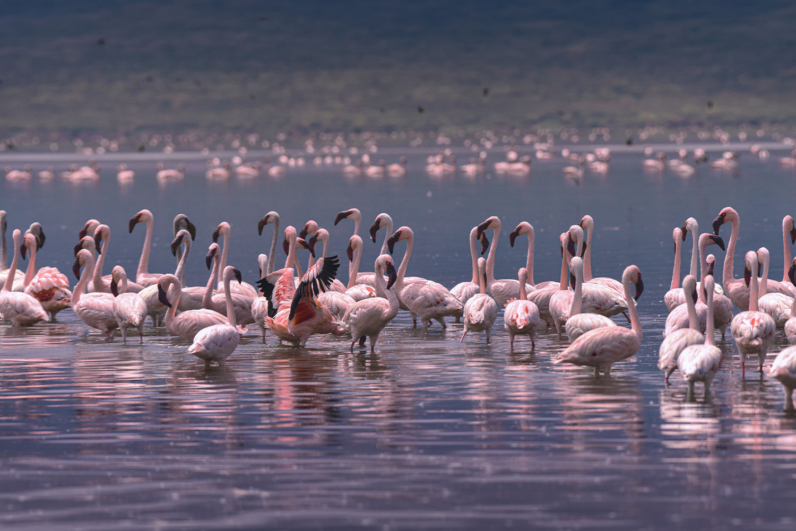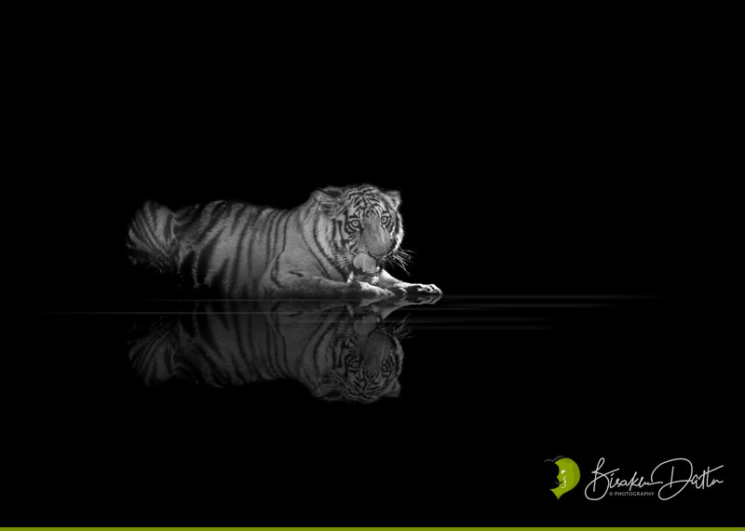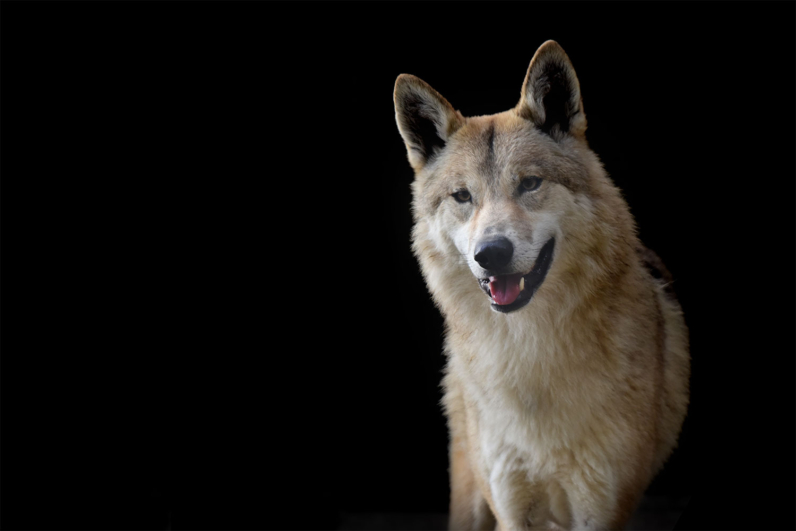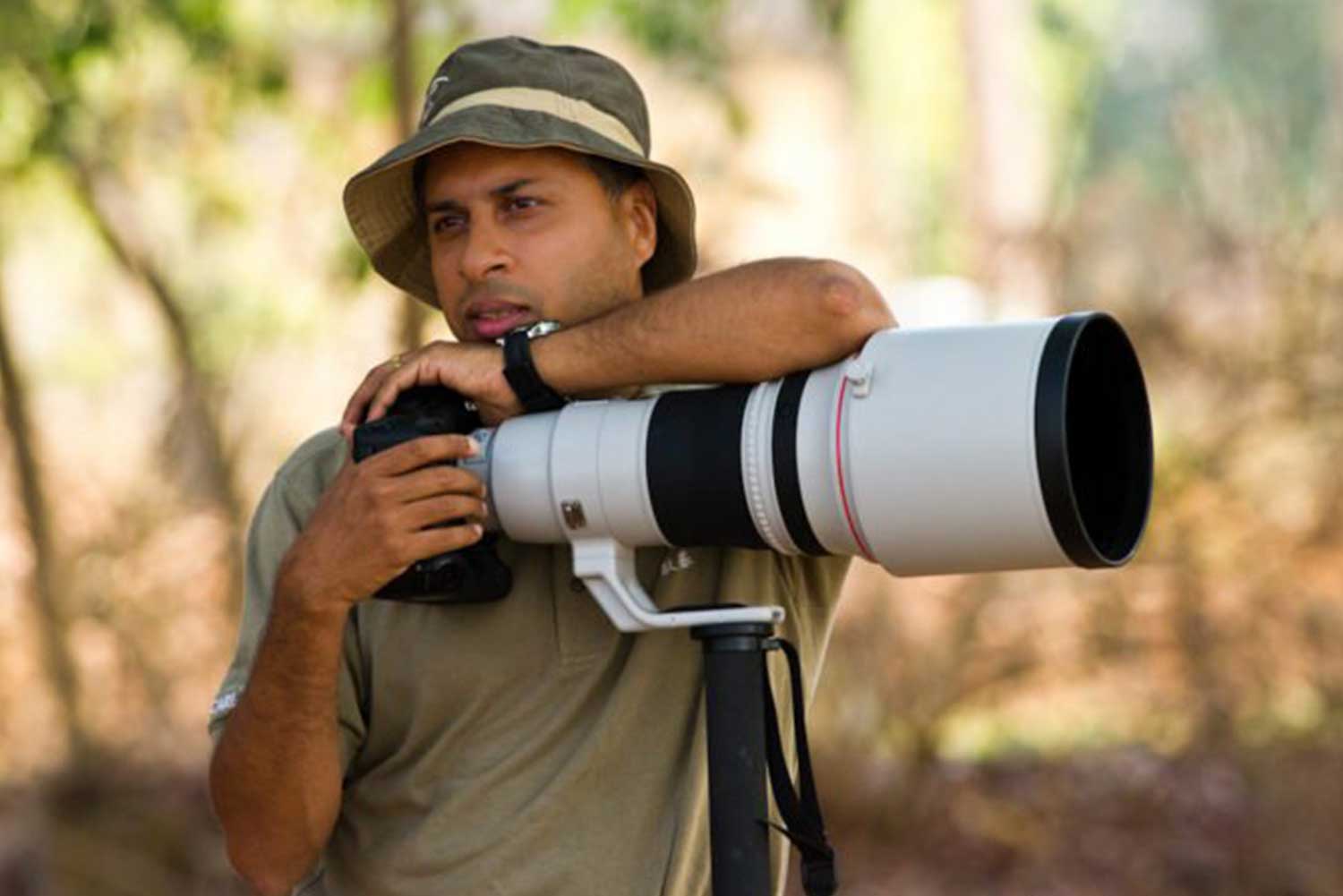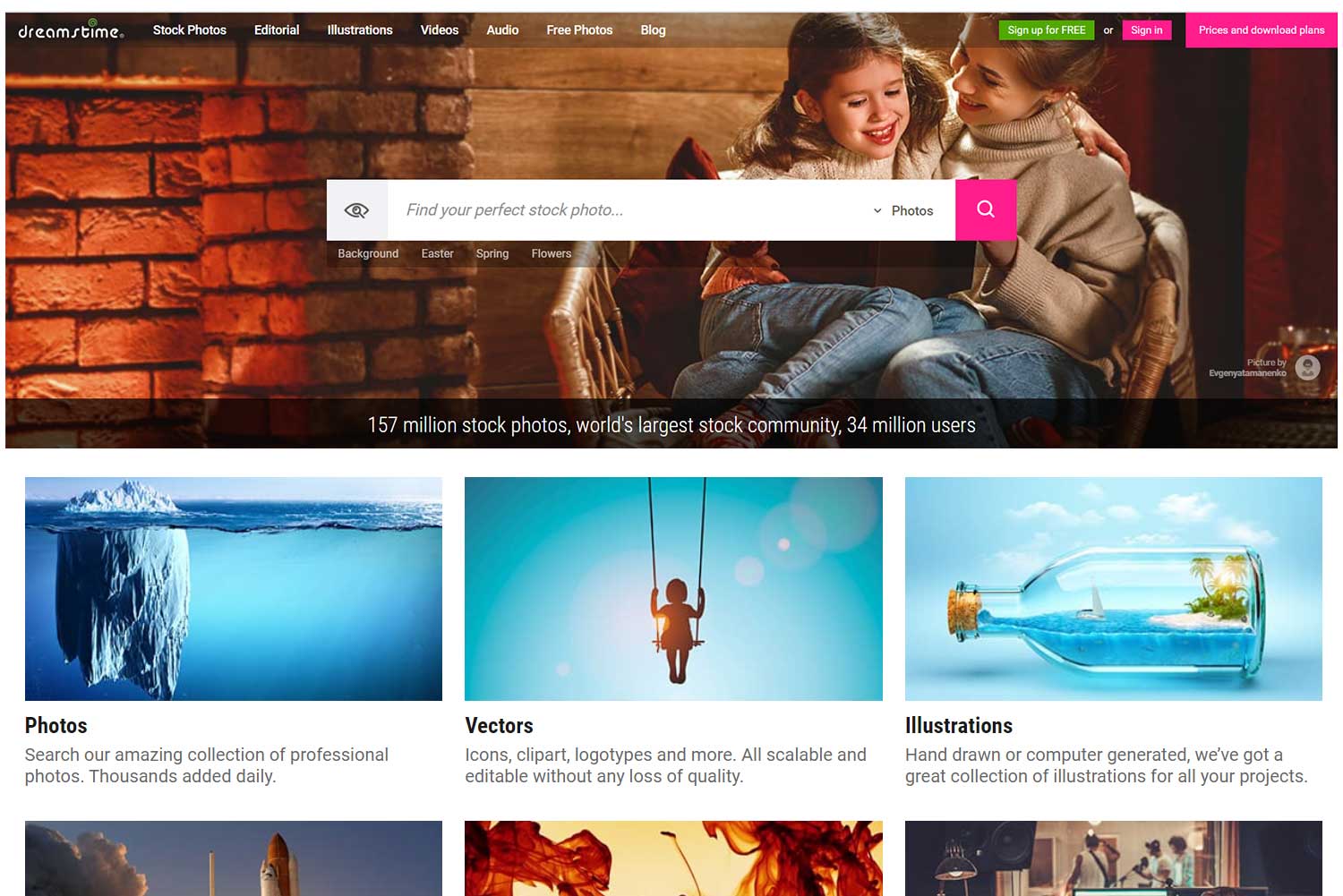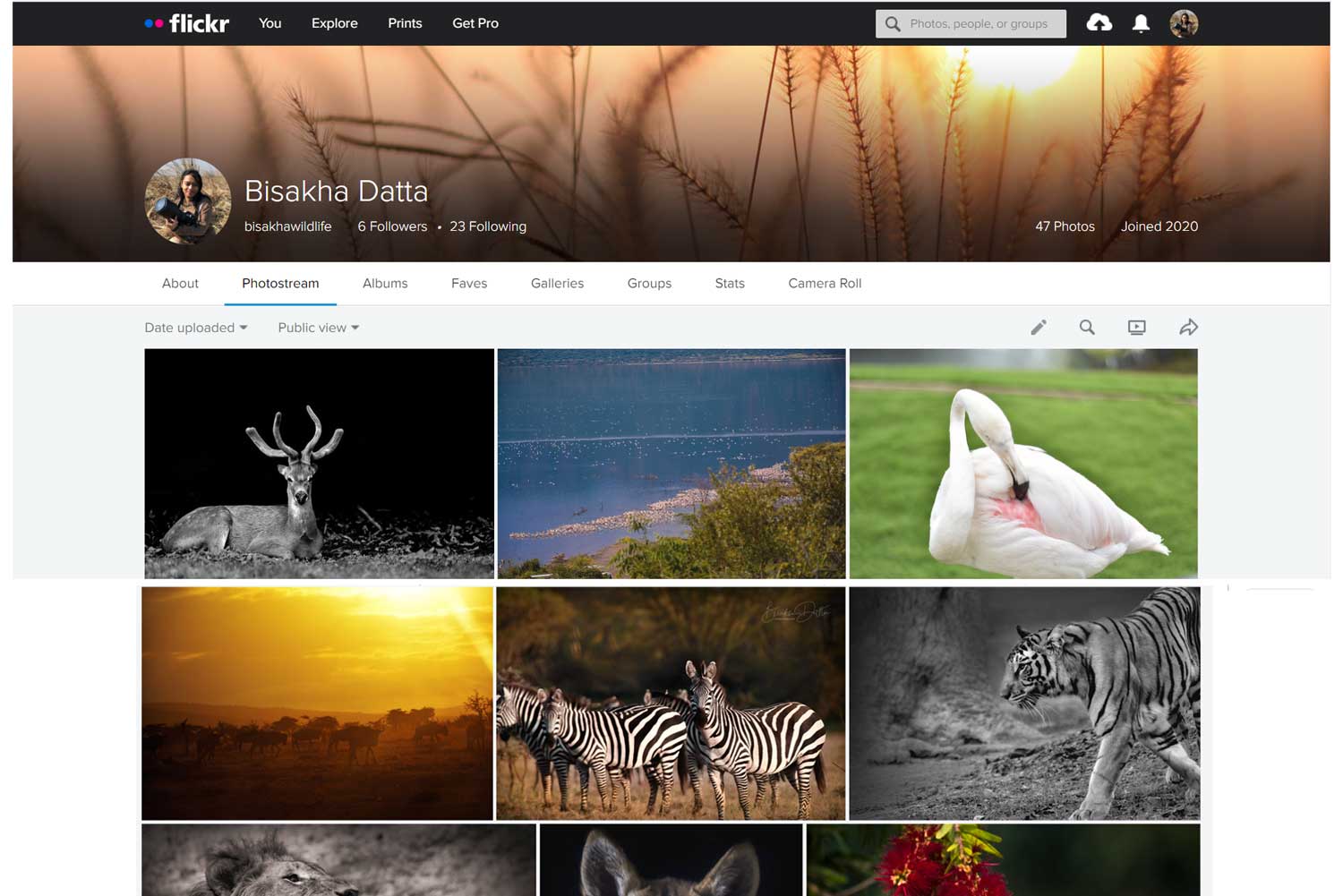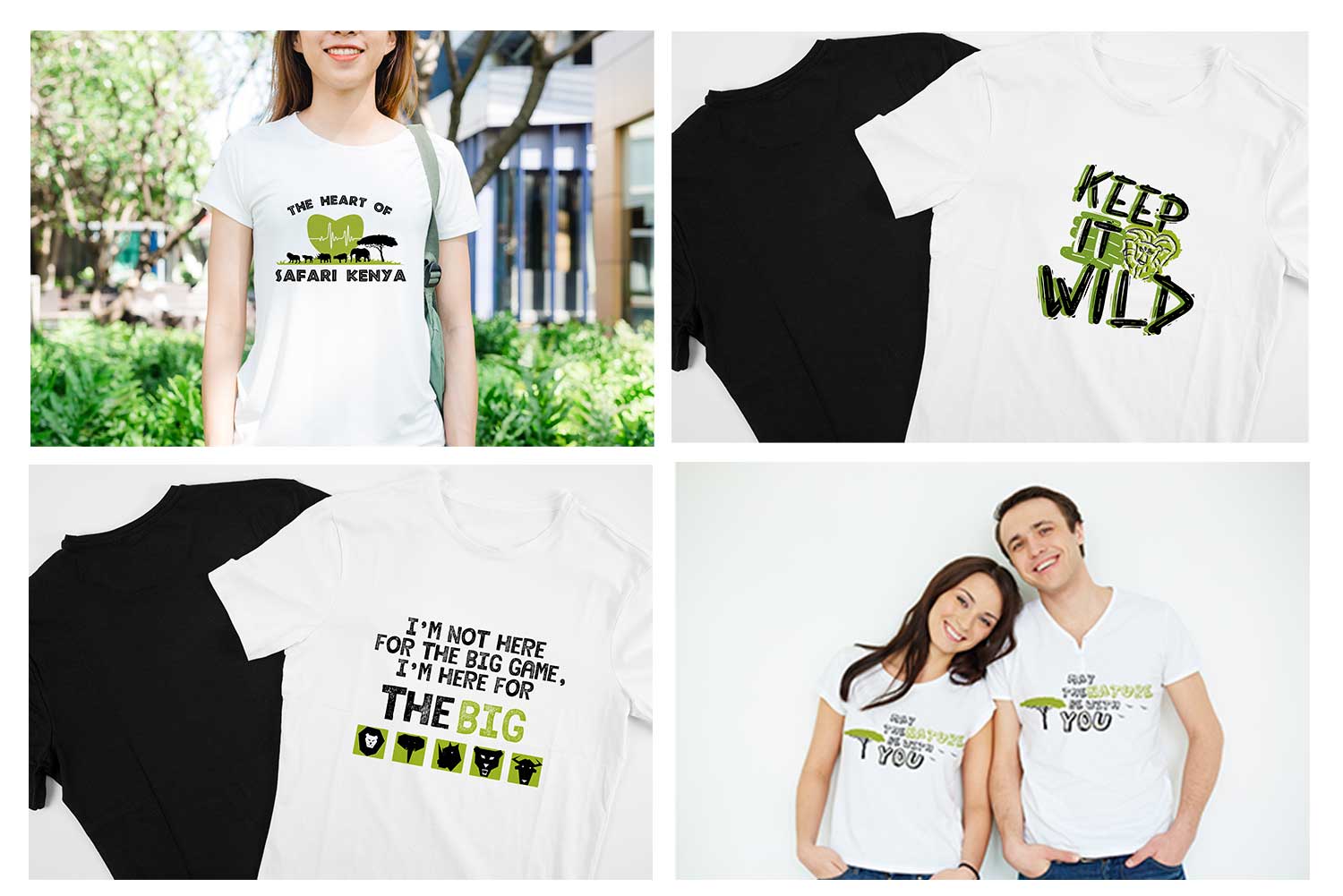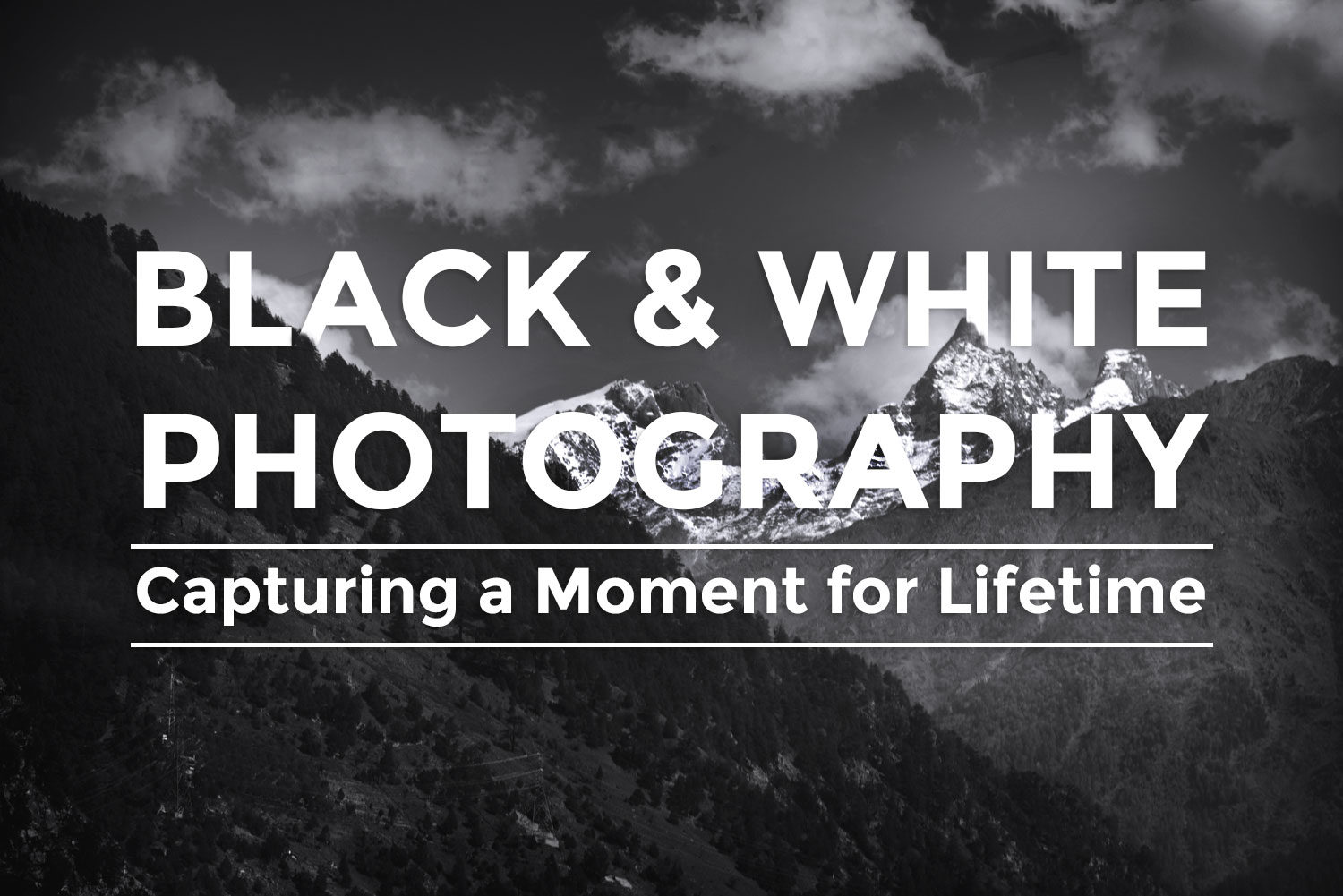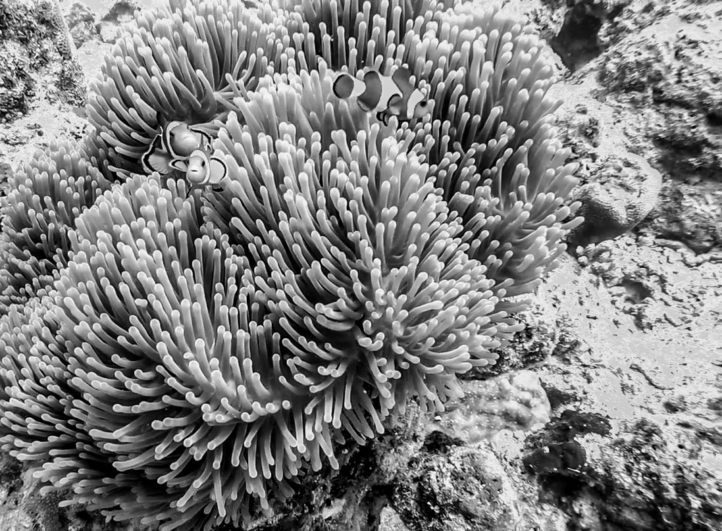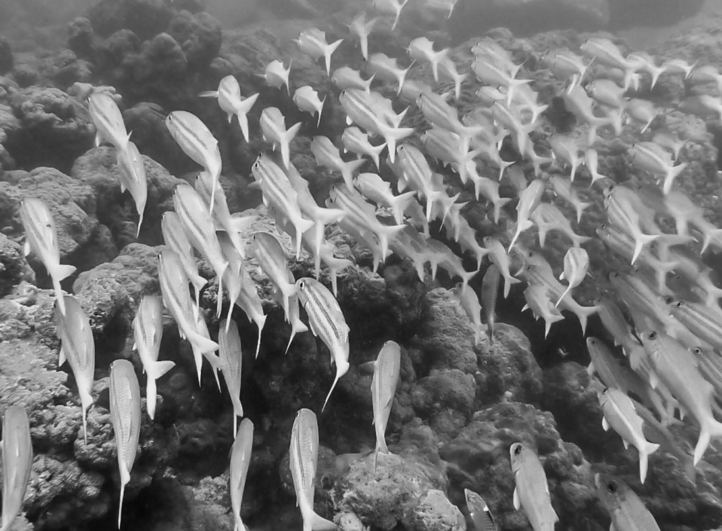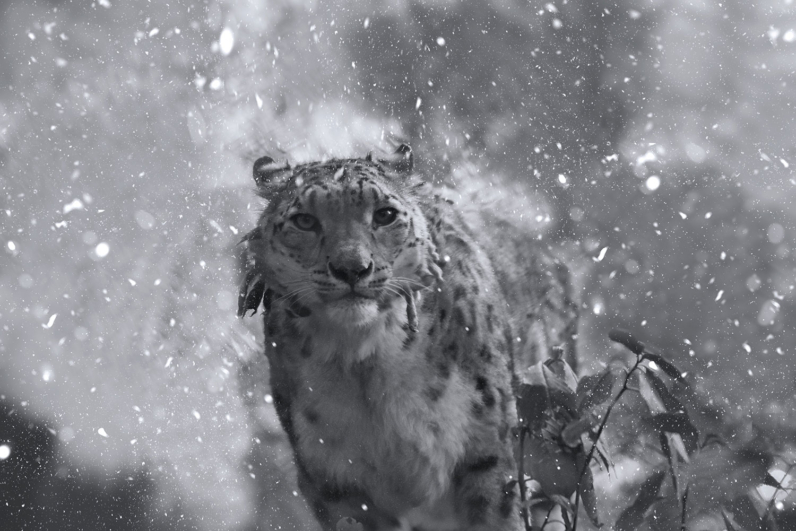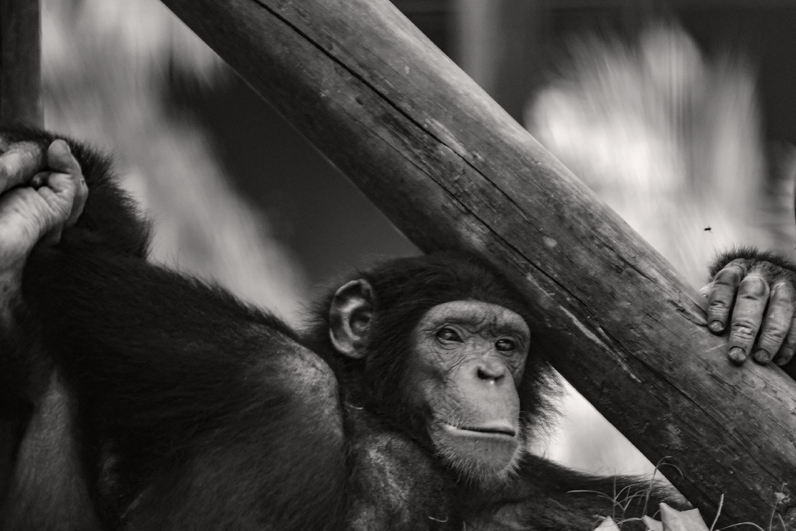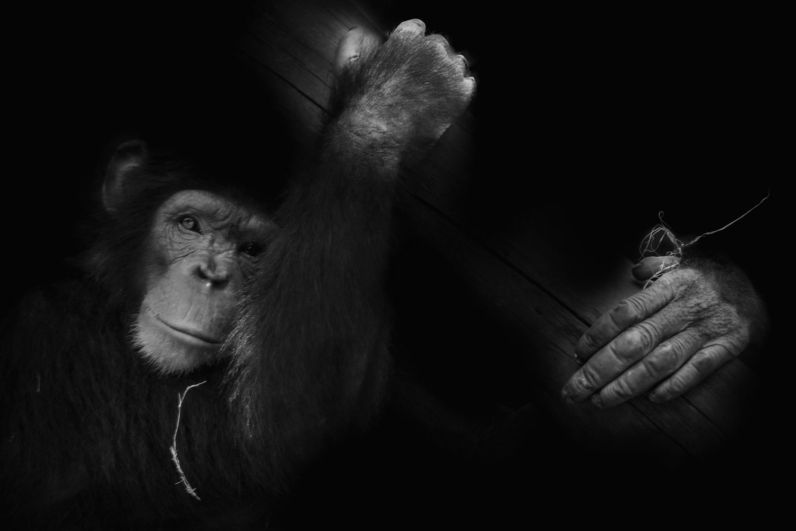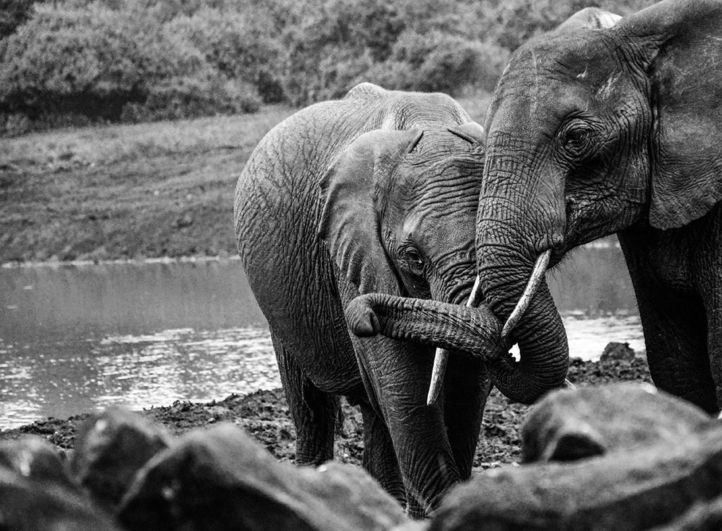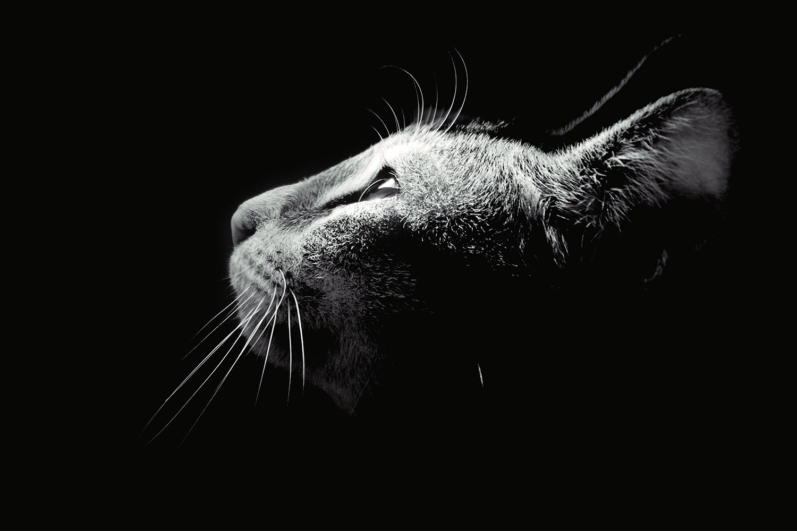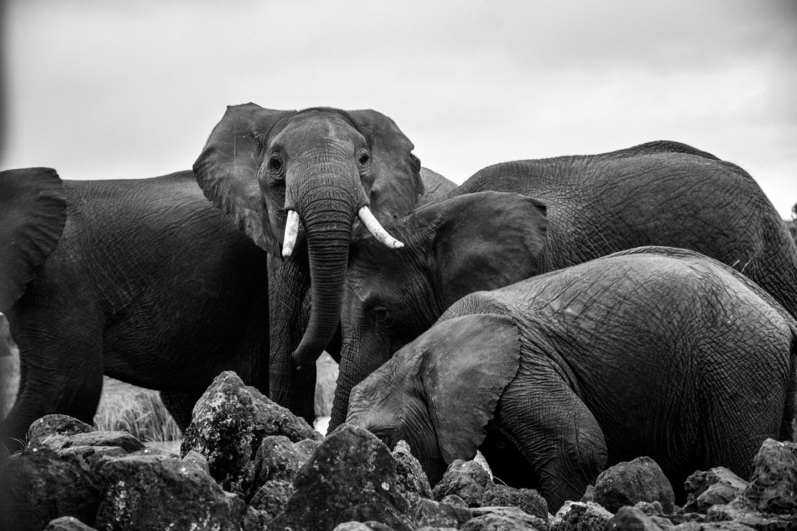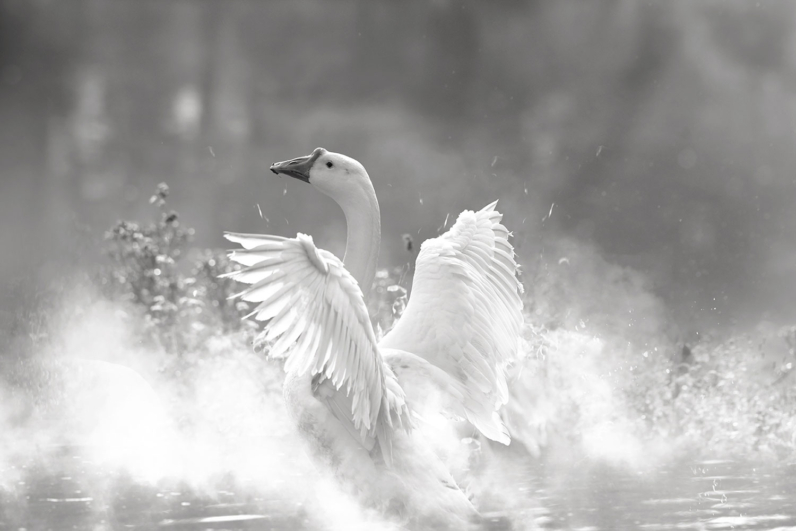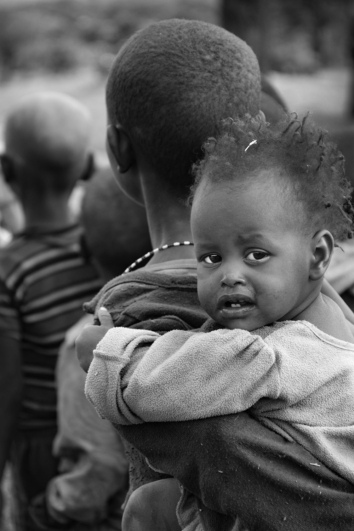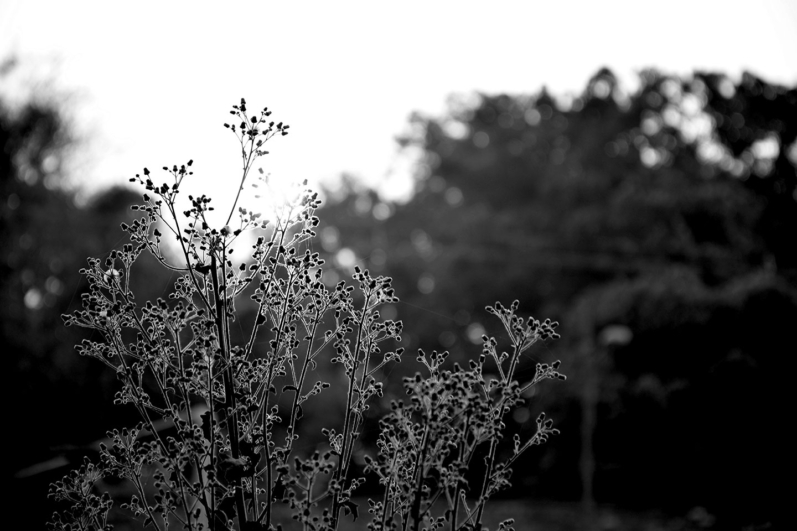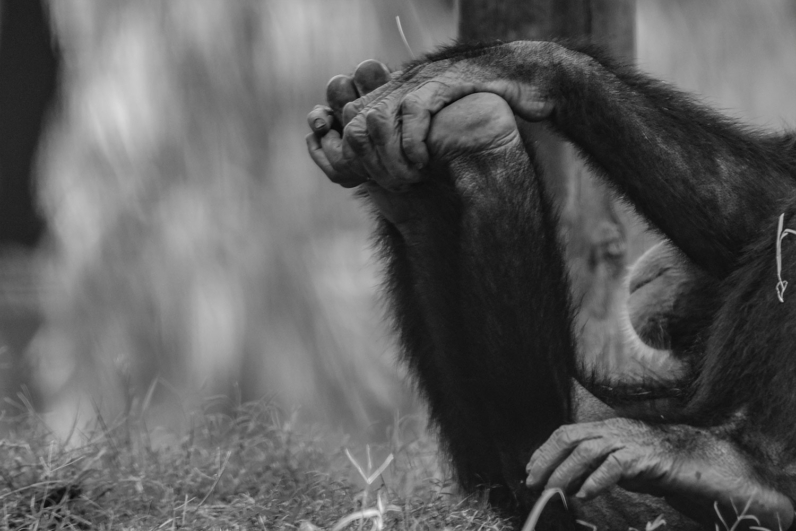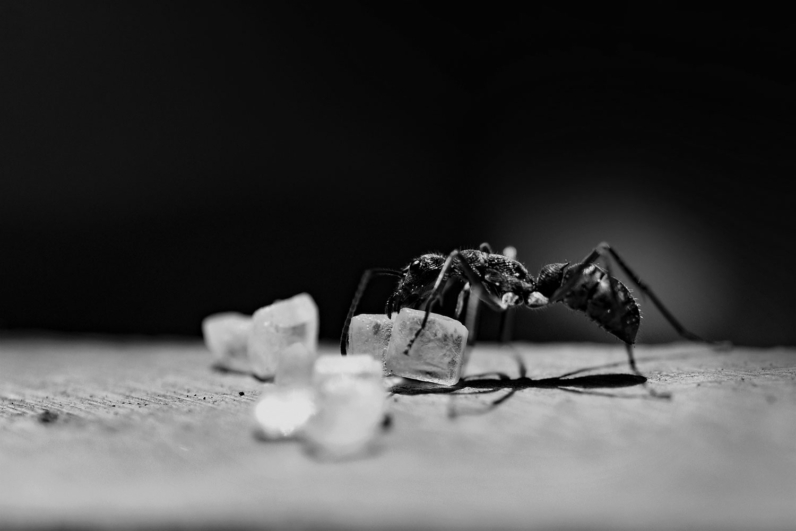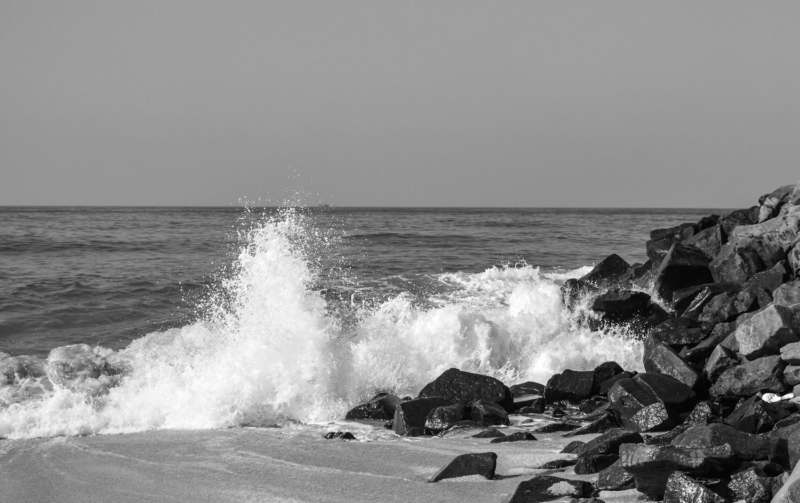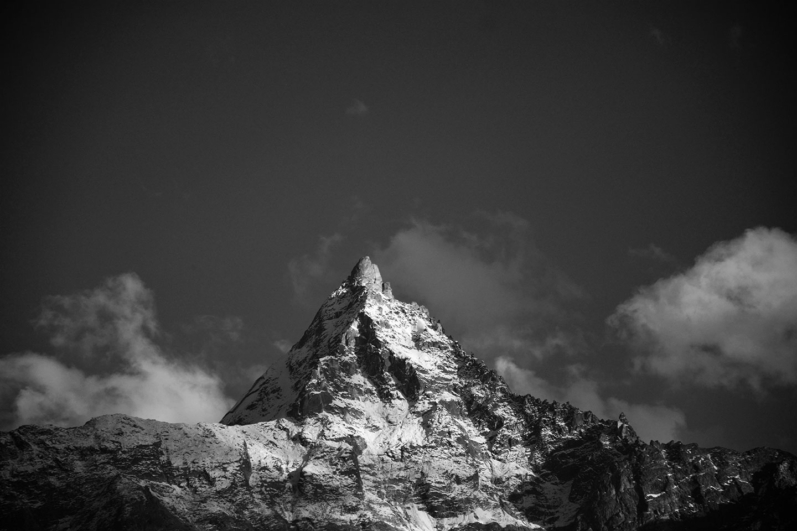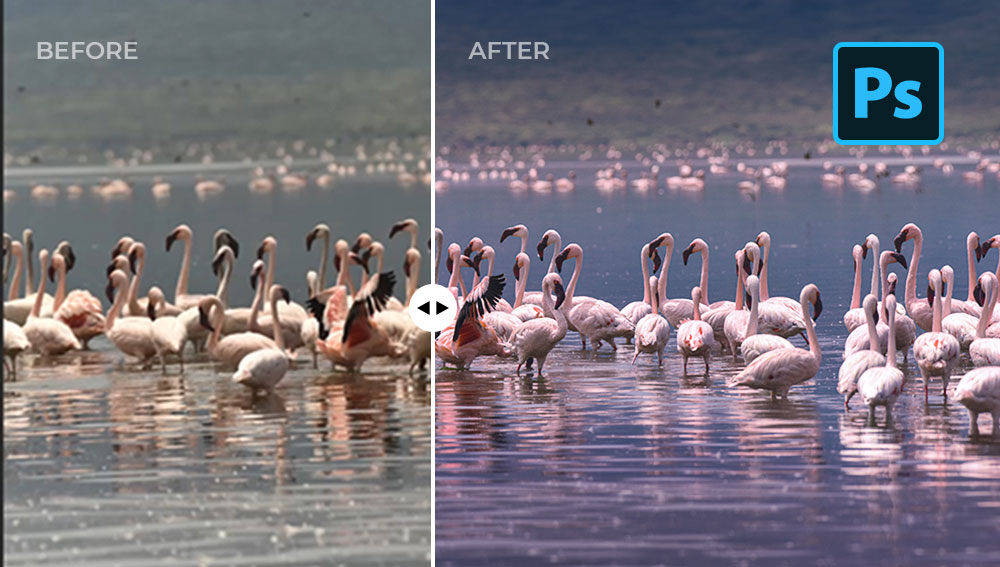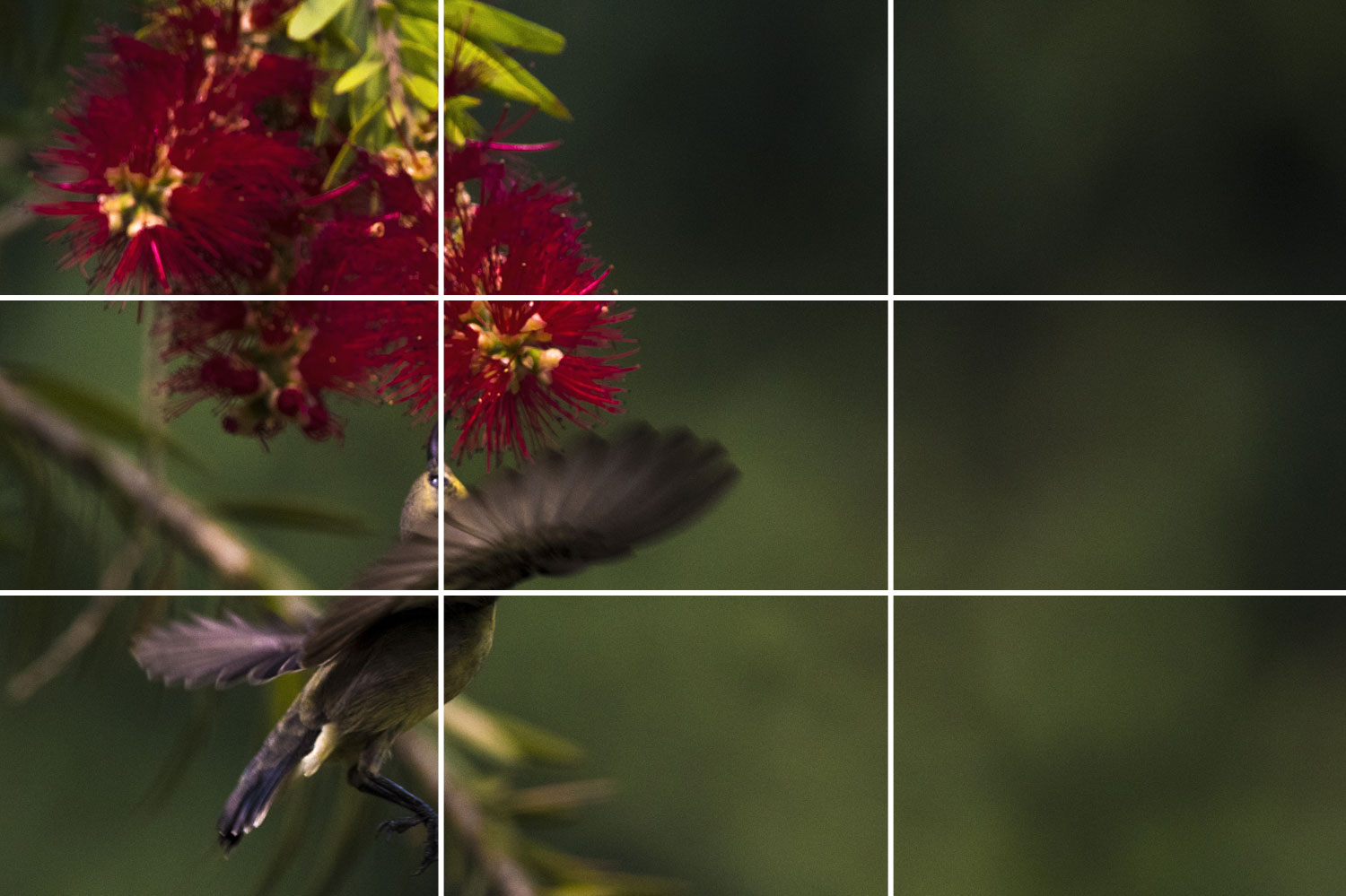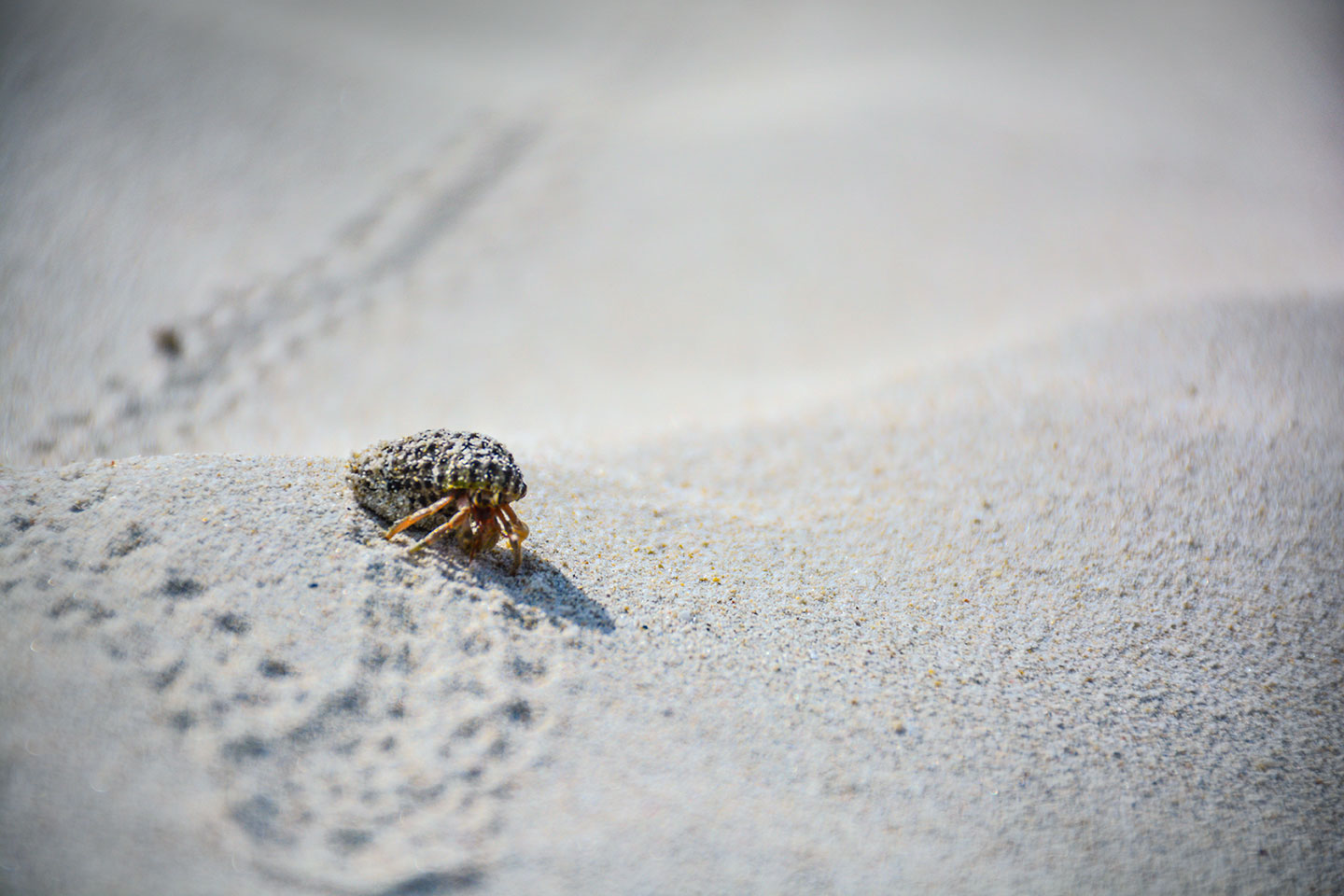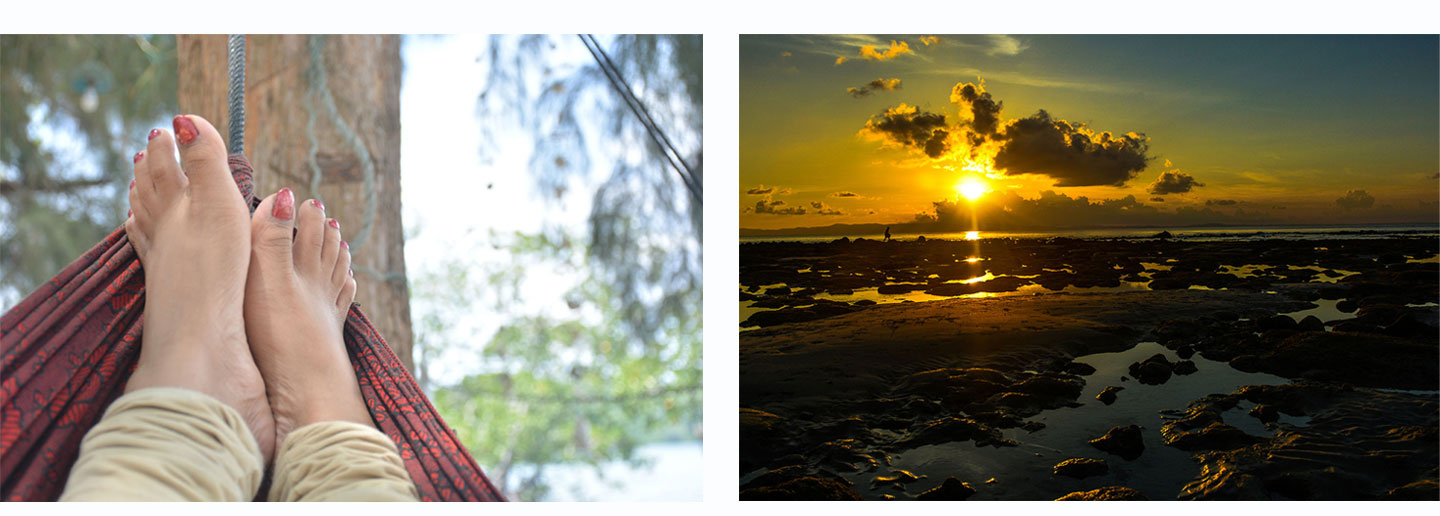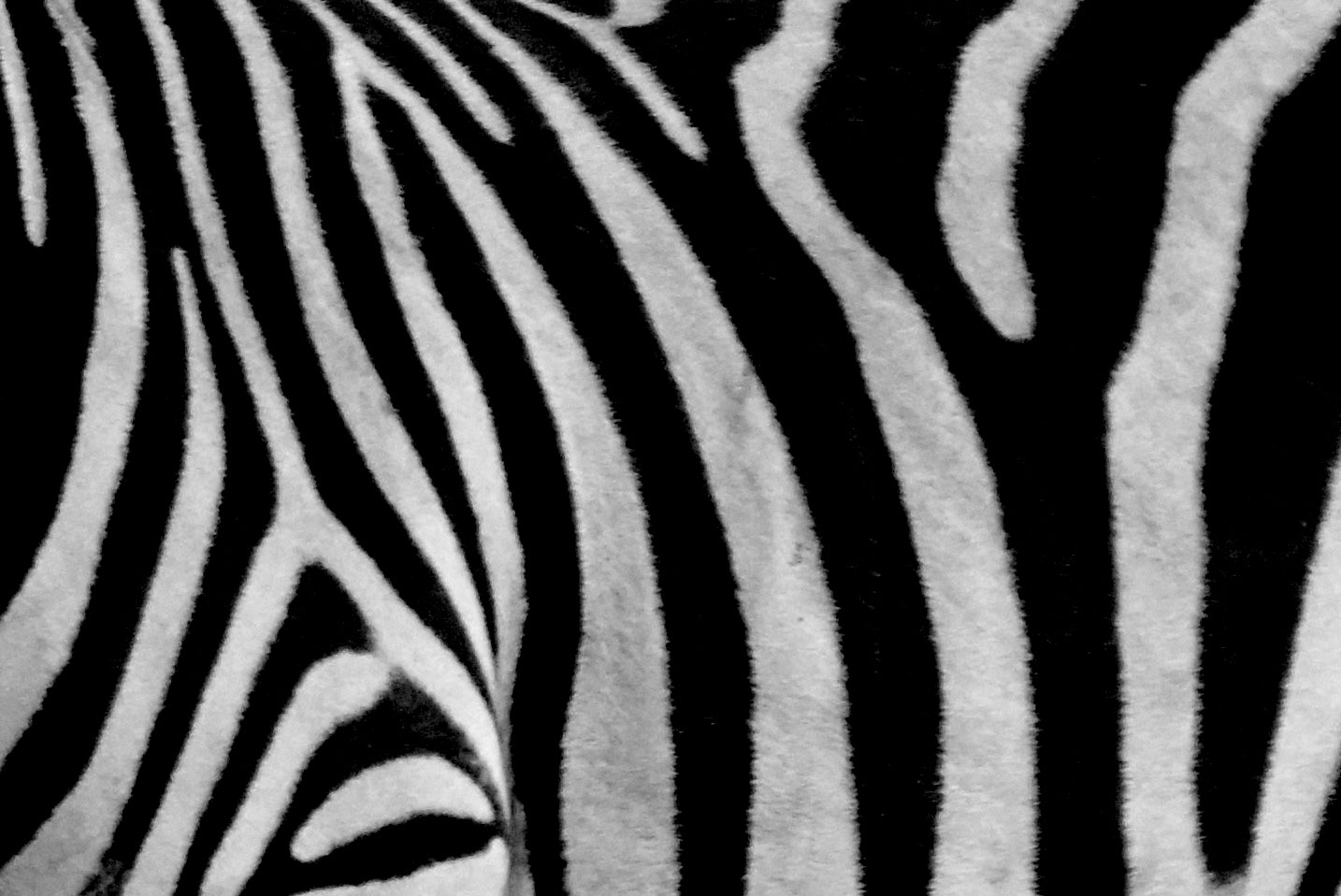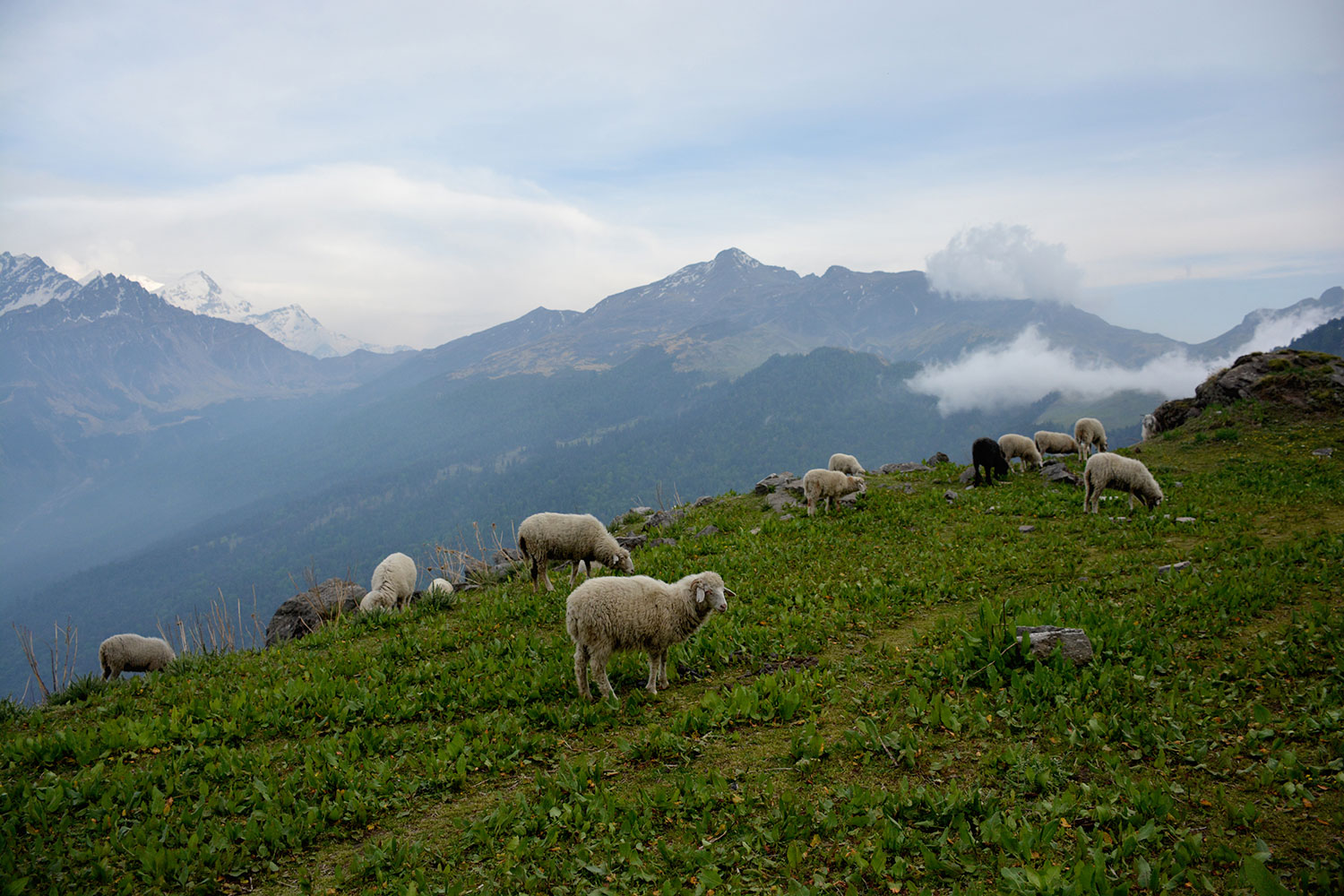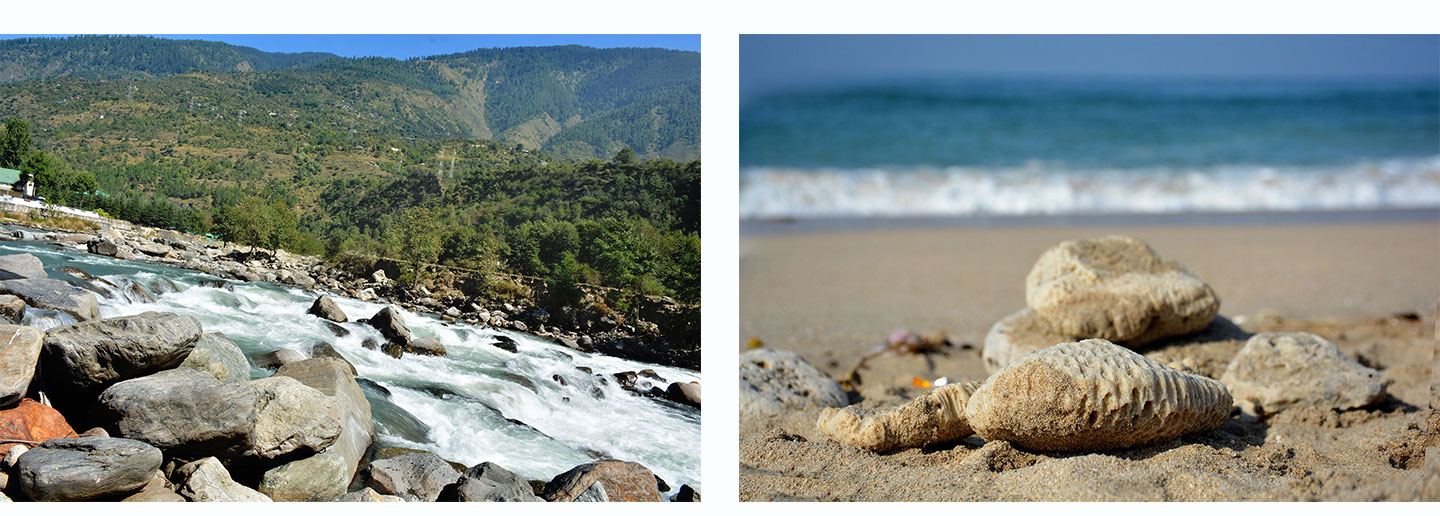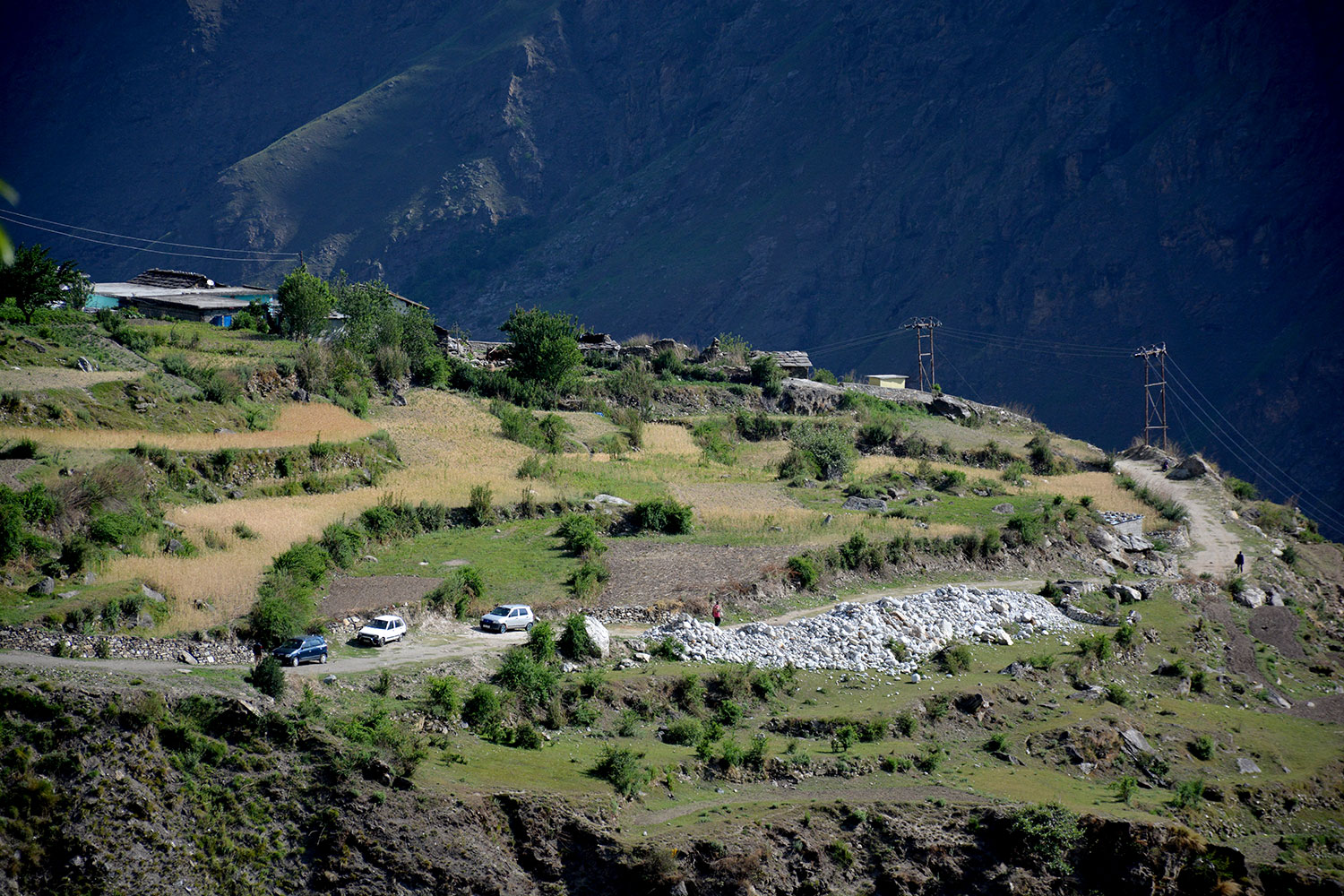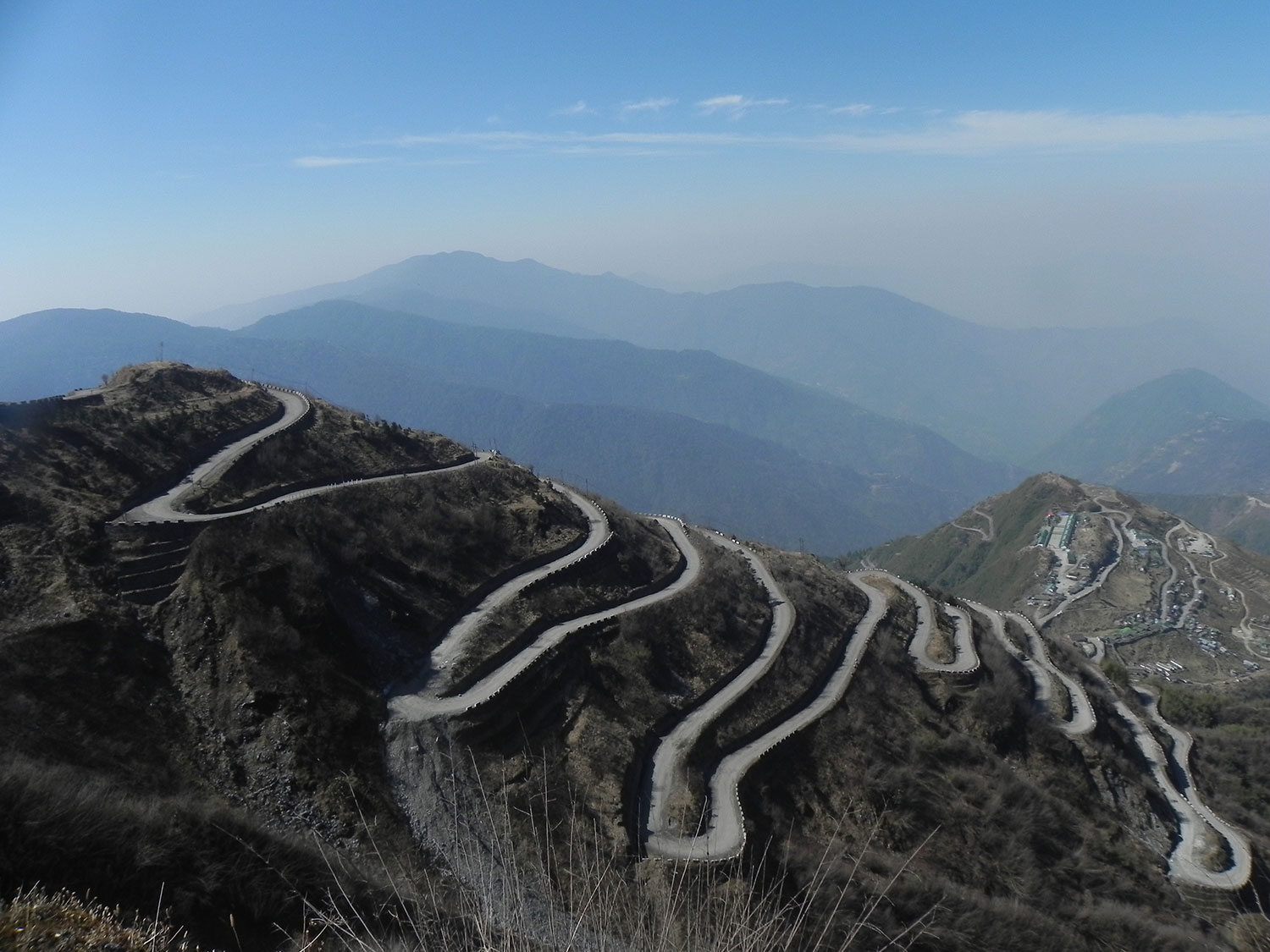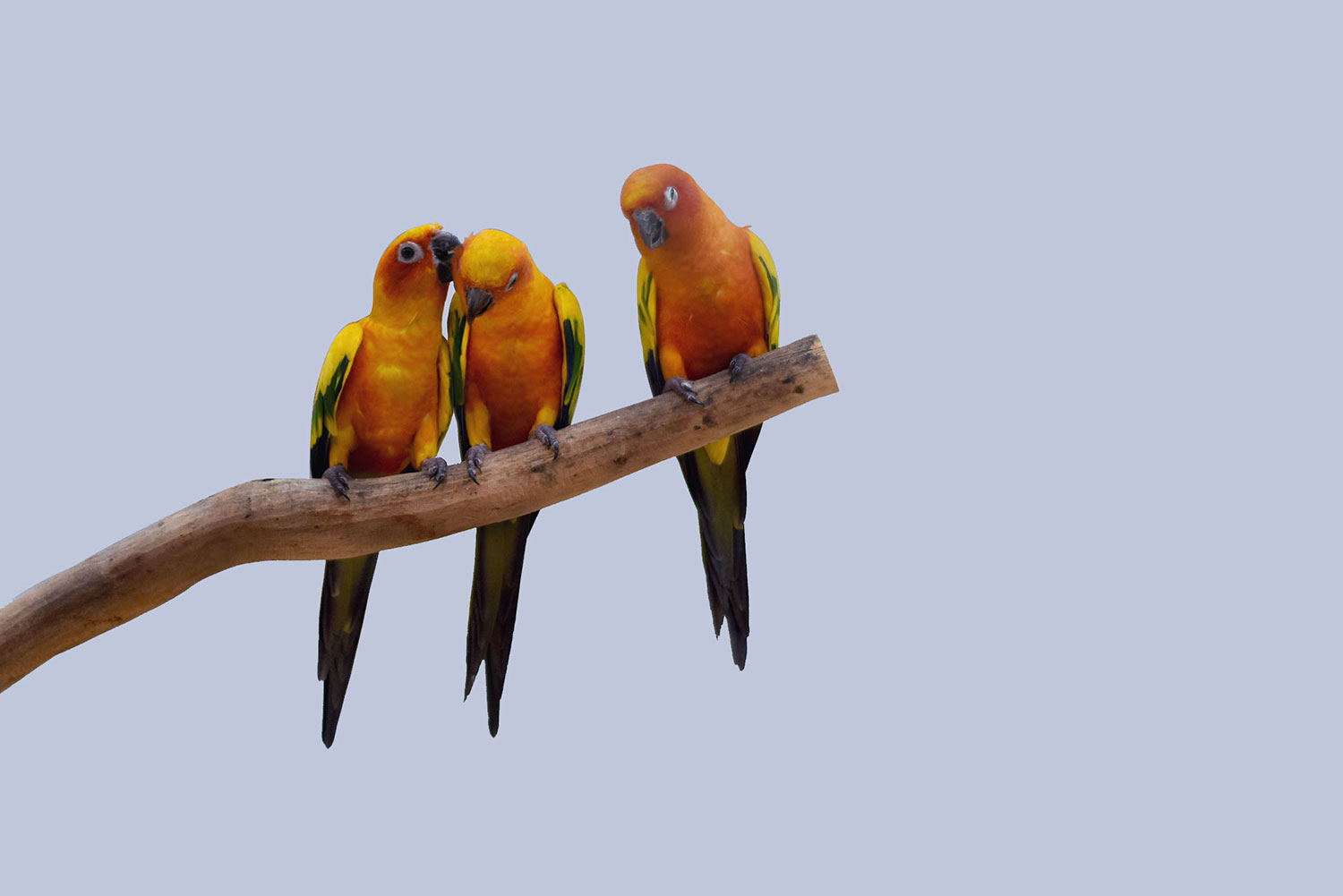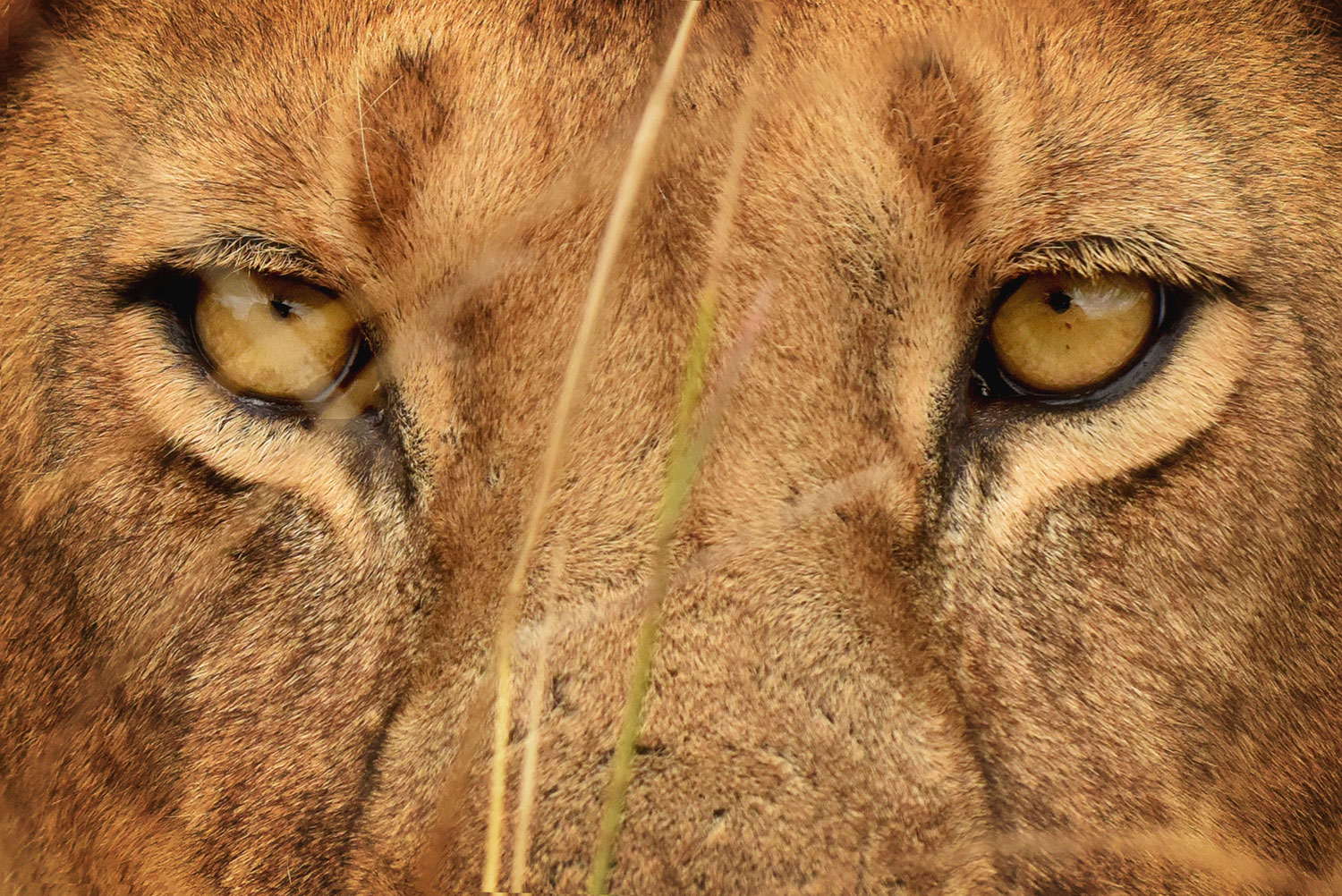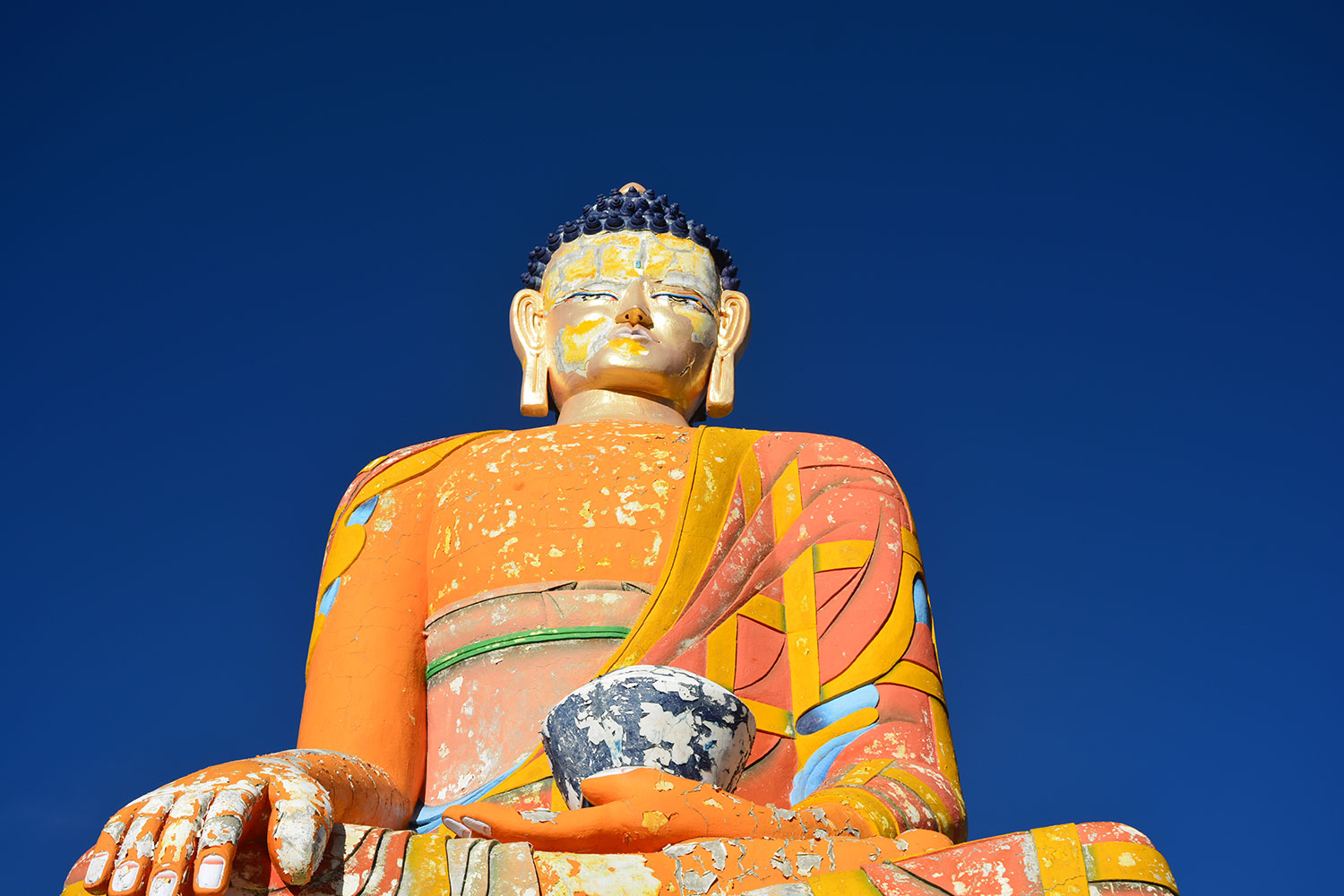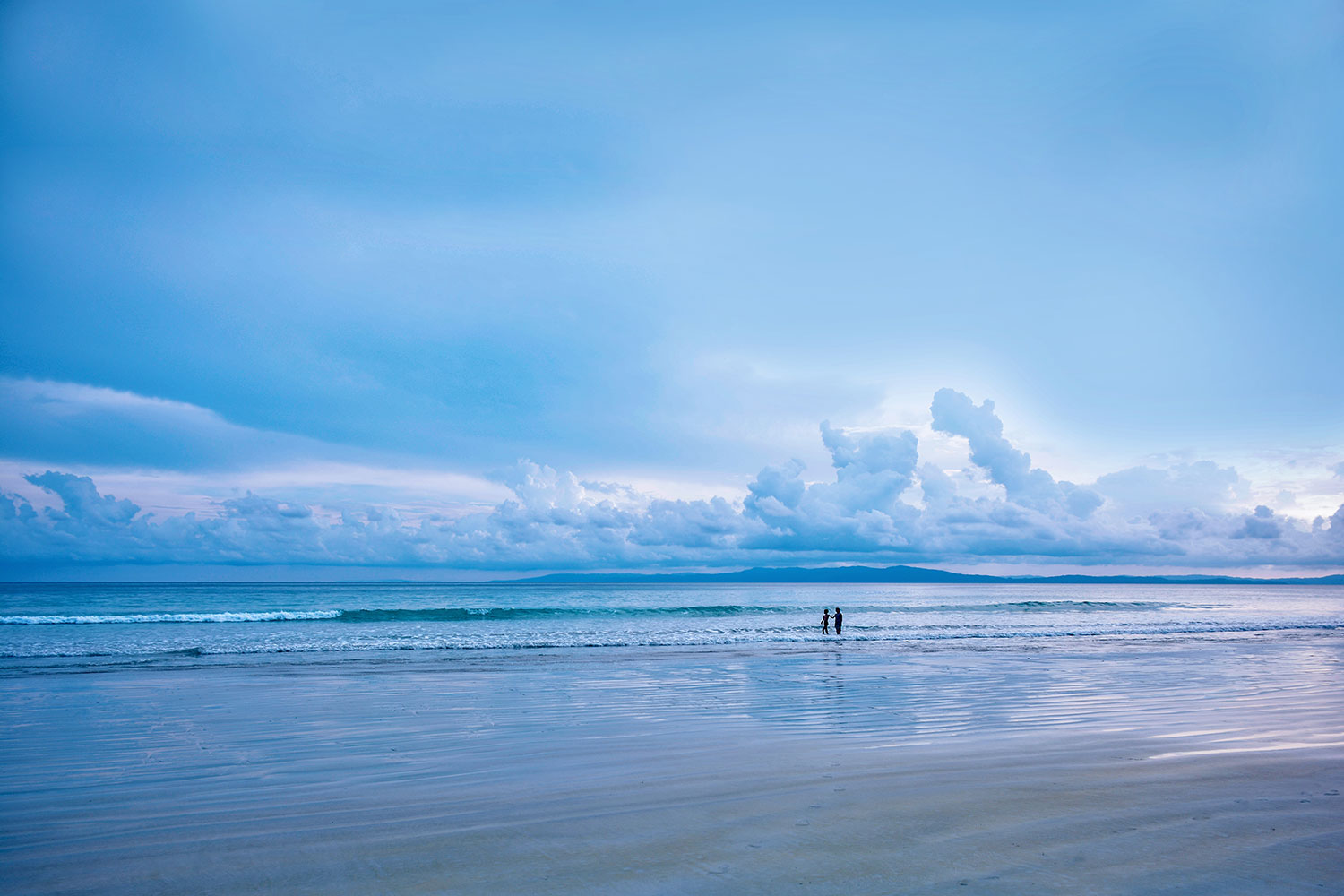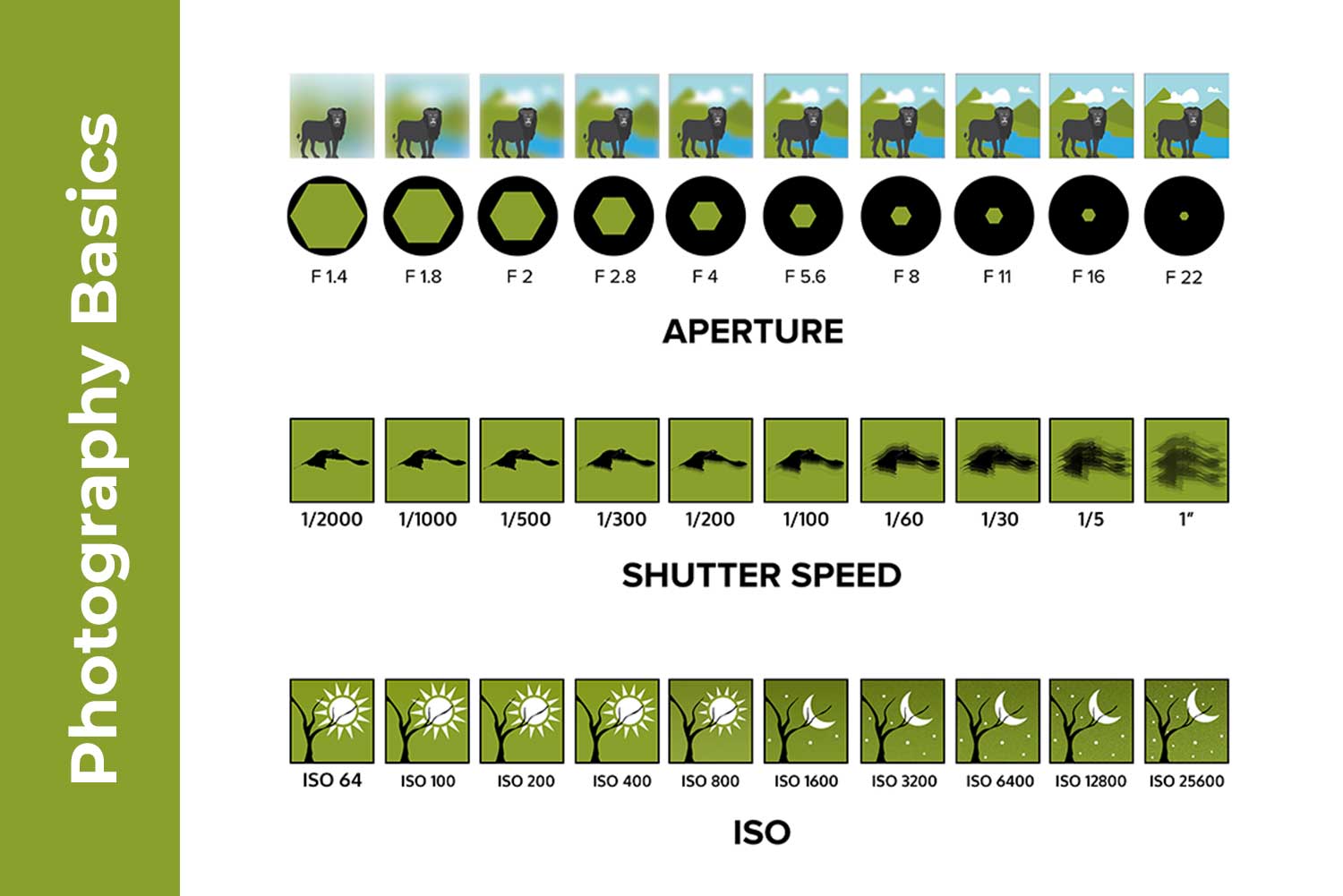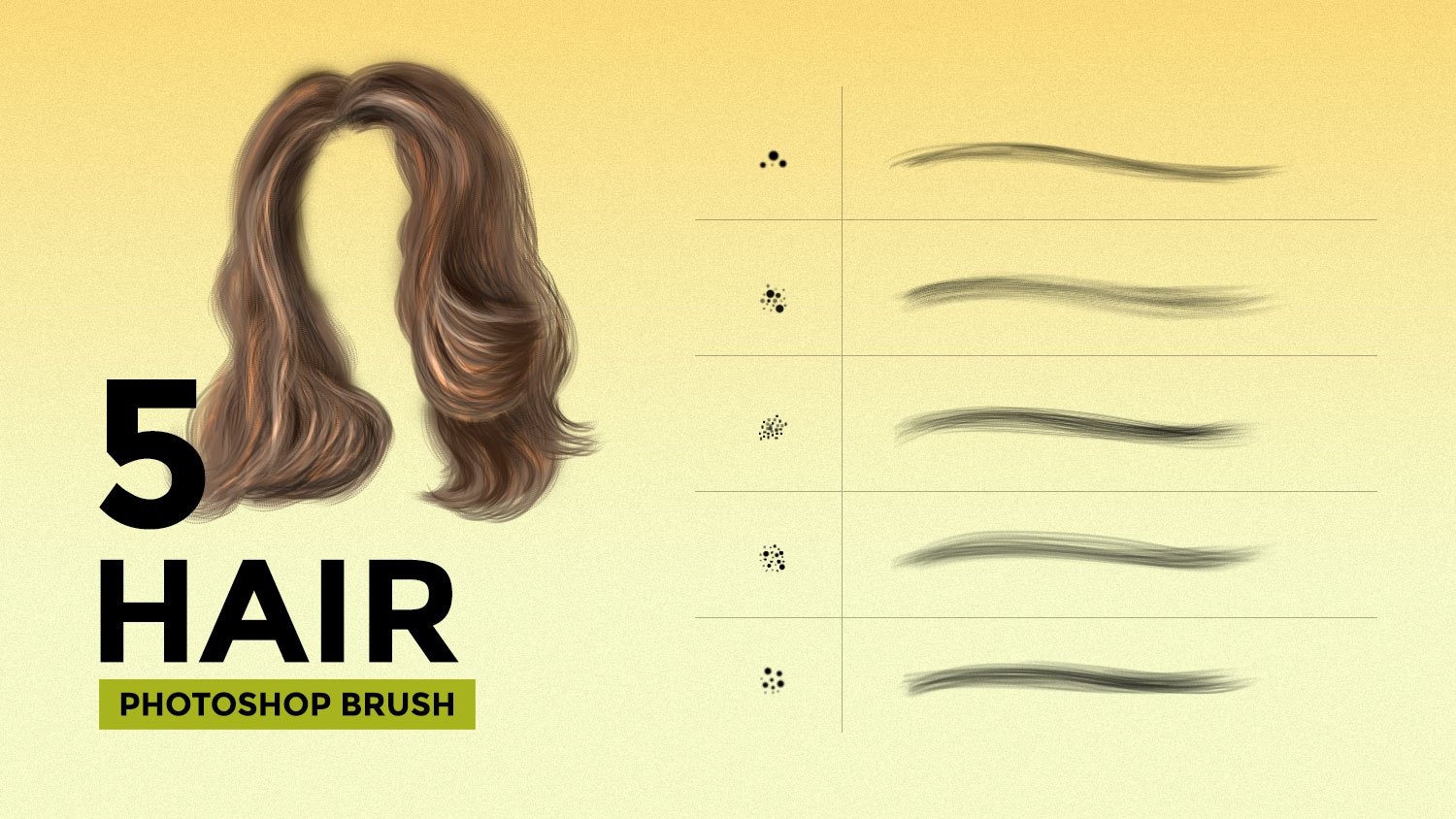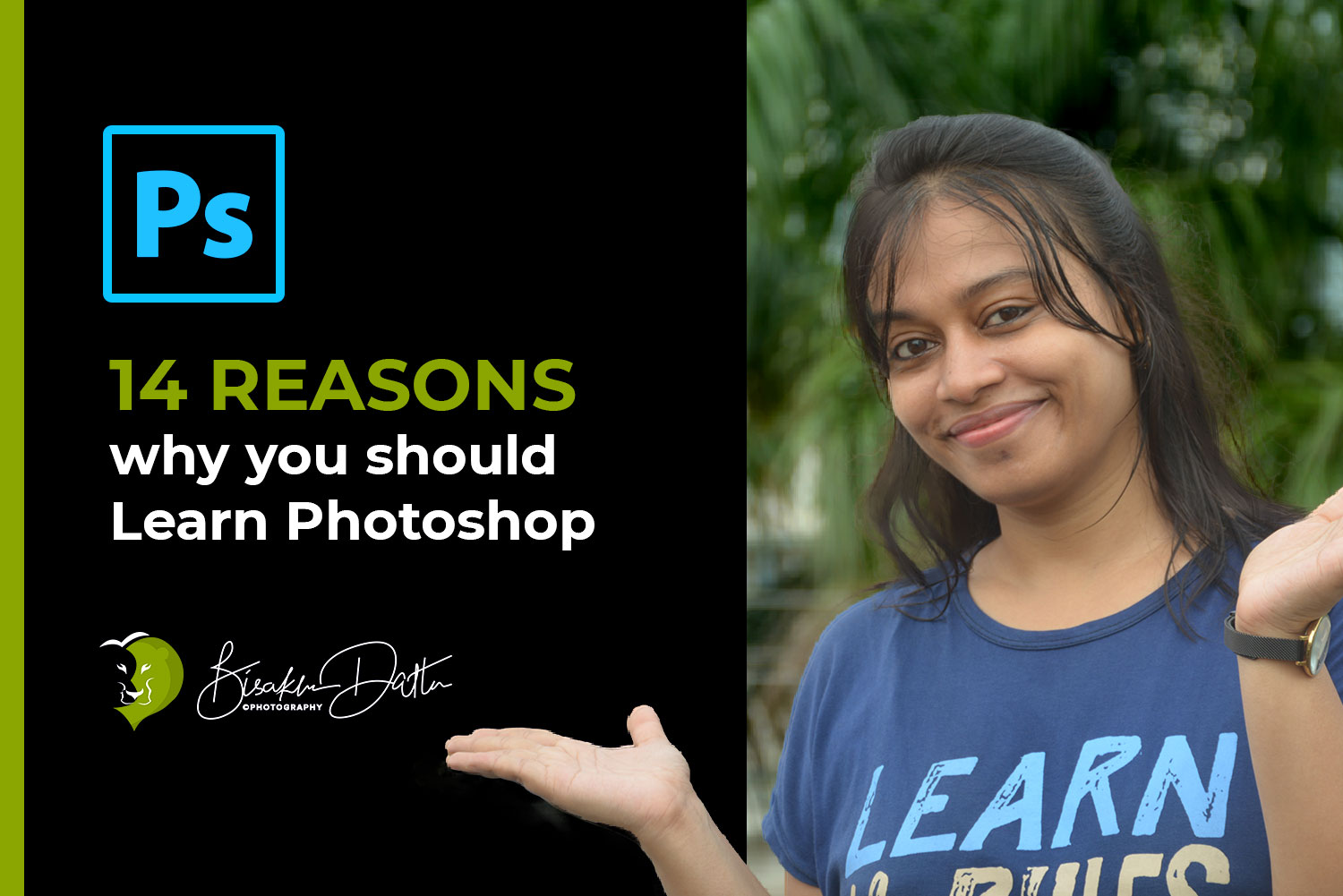Welcome to the captivating world of exposure in photography, where light, creativity, and conscious awareness converge to shape images that tell stories and evoke emotions. In this comprehensive beginner’s guide, we will dive deep into the concept of exposure, exploring its elements, techniques, and the ways it transforms your images into visual poetry.
- Introduction to Exposure: Painting with Light
Unveiling the essence of exposure – Unveiling the essence of exposure is akin to revealing photography’s fundamental magic. It’s the art of harnessing light’s dance to craft images that speak volumes. By understanding how light interacts with your camera’s sensor, you step into a realm where shadows and highlights converge to shape stories. With this knowledge, you begin to see not just light, but the poetry it weaves into each frame, transcending technicalities to capture moments imbued with conscious creativity.
How light interacts with the camera sensor – Light’s ballet with the camera sensor is a symphony of photons painting images. As light enters the lens, it converges onto the sensor’s pixels, each pixel capturing the intensity of light. This interaction creates an electronic rendition of the scene. Brightness and color nuances transform into data, laying the foundation for visual storytelling. Understanding this dance allows you to orchestrate exposure, harmonizing elements to compose images that convey emotions, narratives, and the ethereal connection between conscious observation and the captured moment.
Balancing light and darkness for artistic effect – Crafting visual tales involves a delicate equilibrium between light and darkness, where each contributes to artistic impact. Balancing light’s illumination with shadows’ depth molds the mood and atmosphere of an image. Skillful manipulation accentuates texture, depth, and emotions. Whether it’s the soft glow of dawn or the dramatic contrast of dusk, mastering this balance empowers you to convey stories that resonate with viewers. It’s the interplay of luminance and obscurity that elevates your photography, invoking a symphony of emotions through harmonious contrasts.
- The Exposure Triangle: Aperture, Shutter Speed, ISO
Aperture: The Gateway of Light and Depth Aperture, often referred to as the “f-stop,” is your gateway to controlling both light and depth in photography. It determines the size of the opening through which light enters the camera. A wide aperture (small f-number) allows more light and creates a shallow depth of field, ideal for isolating subjects against dreamy, blurred backgrounds. A narrow aperture (large f-number) restricts light, resulting in greater depth of field, ensuring that both foreground and background remain sharp.
Shutter Speed: Capturing Motion and Moments Shutter speed dictates the duration for which the camera’s sensor is exposed to light. It’s your tool for freezing action or creating motion blur. A fast shutter freezes movement, ideal for capturing sports or fleeting expressions. Conversely, a slow shutter captures motion blur, depicting flowing water or conveying a sense of dynamism. The choice of shutter speed imparts narrative direction to your images, freezing moments in time or allowing them to flow like a river.
ISO: Sensitivity to Light and Noise ISO determines the sensitivity of your camera’s sensor to light. A low ISO setting (e.g., ISO 100) is less sensitive and results in sharper images with minimal noise. Higher ISO settings (e.g., ISO 800, 1600) amplify sensor sensitivity, making it ideal for low-light conditions. However, increasing ISO also increases the likelihood of noise, which can manifest as grain or color distortion. Skillful management of ISO allows you to adapt to varying lighting scenarios while maintaining image quality.
- Balancing the Triangle: Crafting Harmonious Stories
Merging Aperture, Shutter Speed, and ISO for Desired Results Exposure mastery lies in harmonizing aperture, shutter speed, and ISO settings to achieve your envisioned outcome. A wide aperture paired with a fast shutter captures a well-lit subject with a sharp foreground against a creamy background. Slowing the shutter with a narrow aperture reveals motion blur, adding a dynamic dimension. Balancing ISO complements this synergy, ensuring optimal exposure in diverse lighting scenarios.
Crafting Different Visual Narratives with Exposure Adjustments Exposure adjustments are your artistic brushstrokes, enabling diverse visual narratives. By tweaking settings, you craft images that whisper serenity with soft backgrounds or shout vitality with vivid motion. Gradually blending exposures, like for a sunset, creates dramatic gradients. Such adjustments empower you to compose images that evoke varying emotions and stories, demonstrating the profound language of photography.
The Role of Exposure in Conveying Emotions and Mood Exposure acts as a conductor of emotions, channeling mood into every image. Bright, well-lit scenes radiate warmth and positivity, while darkened settings evoke mystery or melancholy. Skillful exposure manipulation amplifies emotional resonance, allowing viewers to immerse themselves in the intended sentiment. In this way, exposure transcends technicality, metamorphosing into a storyteller that communicates emotions as vividly as visual elements.
- Playing with Light: Natural and Artificial Lighting
Harnessing Natural Light’s Nuances Unlock the art of harnessing natural light’s nuances, from the gentle embrace of morning’s golden hour to the soothing hues of twilight. Explore the play of shadows and highlights, crafting images suffused with nature’s ambience. Understand how different times of day affect the quality and direction of light, allowing you to paint scenes with varying emotional palettes.
Using Artificial Light Creatively Step into the realm of creative expression by mastering the use of artificial light. Whether it’s the soft glow of a diffused studio setup or the dramatic contrast of directional lighting, artificial light empowers you to sculpt scenes with precision. Experiment with angles, modifiers, and intensity to sculpt captivating visual stories that fuse technical skill with imaginative flair.
Understanding the Interplay Between Light Sources and Exposure Delve into the intricate dance between light sources and exposure adjustments. Explore how the temperature and intensity of light affect the mood and color palette of your images. Embrace the challenge of balancing ambient and artificial light to capture scenes authentically. Through conscious exposure management, you orchestrate a symphony where various light sources harmonize to create captivating visual narratives.
- Exposure Modes: From Auto to Manual
Navigating Exposure Modes: Auto, Program, Aperture Priority, Shutter Priority, Manual Embark on a journey through exposure modes, each offering a unique level of control. Auto mode simplifies capturing moments instantly, while Program mode balances aperture and shutter for convenience. Aperture Priority empowers you to control depth, while Shutter Priority captures motion. Manual mode grants ultimate mastery, allowing deliberate crafting of exposure settings for artistic intent.
Benefits of Manual Control for Conscious Creativity Manual mode is the realm where conscious creativity flourishes. Assume command over aperture, shutter speed, and ISO, seamlessly blending them to encapsulate your vision. By orchestrating these elements, you infuse emotion, narrative, and mood into your images. Manual control elevates you from a spectator to a storyteller, empowering a profound connection between your artistic expression and the visual world.
Balancing Exposure in Challenging Lighting Conditions Master the art of exposure balance when faced with challenging lighting scenarios. In situations of high contrast, intricate lighting, or unconventional sources, manual control shines. Adjustments such as bracketing, metering modes, and exposure compensation allow you to harmonize highlights and shadows, ensuring your images remain faithful to the scene’s essence. Navigate complexities with confidence, creating images that illuminate the spectrum of human experience.
- Exposure Compensation: Fine-Tuning Your Creativity
Leveraging Exposure Compensation for Creative Control Discover the power of exposure compensation as your creative ally. This tool enables fine-tuning of exposure for desired artistic effects. By deliberately adjusting brightness, you control how light interacts with your subject, unlocking new dimensions of storytelling and visual expression.
Understanding When to Overexpose or Underexpose Intentionally Mastery lies in knowing when to intentionally overexpose or underexpose. Overexposure lends ethereal softness to scenes, ideal for dreamy and serene atmospheres. Underexposure, on the other hand, adds drama and mystery, drawing viewers into your narrative. These deliberate choices sculpt the emotional resonance of your images.
The Impact of Exposure on Mood and Storytelling Exposure wields immense influence over mood and storytelling. Well-exposed images radiate positivity, while darker scenes evoke introspection. By manipulating exposure, you shape the emotional journey viewers embark upon. Whether it’s vibrant energy or contemplative calmness, exposure becomes your medium to convey the heart of your story, leaving a lasting imprint on those who engage with your work.
- Histogram: Reading Light’s Story
Interpreting the Histogram for Exposure Evaluation Unlock the language of histograms to assess exposure. This graphical representation unveils the distribution of light and dark tones in your image. By reading the histogram, you gain insights into exposure accuracy, enabling precise adjustments to achieve the desired tonal balance.
Avoiding Clipping and Preserving Details Harness the histogram’s insights to prevent clipping – the loss of detail in highlights and shadows. Adjust exposure settings to maintain a balanced histogram, preserving intricate textures and tones. This technique ensures your images retain depth and nuance, delivering a compelling visual experience.
The Relationship Between Histogram and Composition Discover how the histogram intertwines with composition. It serves as a guide to create well-balanced images where tonal distribution complements visual arrangement. By aligning histogram analysis with compositional choices, you craft harmonious visuals that resonate with viewers, merging technical accuracy with artistic intent.
- Long Exposure: Painting Time with Light
Creating Dreamy Effects with Long Exposure Step into the realm of creativity with long exposure photography. By using extended shutter speeds, you transform ordinary scenes into ethereal landscapes. Moving elements blur, water turns silky, and lights paint trails, resulting in captivating, dreamy visuals that evoke a sense of timelessness.
Using ND Filters for Extended Shutter Speeds Neutral Density (ND) filters become your key to extended shutter speeds. These filters reduce the amount of light entering the lens, allowing for longer exposures even in bright conditions. With ND filters, you control time, capturing motion and ambiance in ways that amplify the poetic essence of your subjects.
Combining Long Exposure with Storytelling Merge the magic of long exposure with storytelling prowess. Through deliberate timing and composition, introduce a dynamic narrative element. Whether it’s stars streaking across the night sky, waves embracing the shore, or bustling cityscapes in motion, long exposure enhances your ability to craft images that convey the passage of time and the stories it carries.
- High Dynamic Range (HDR) Photography
Expanding Dynamic Range for Balanced Exposure Discover the art of dynamic range expansion to achieve balanced exposure. In challenging lighting conditions, like landscapes with stark contrasts, this technique captures both highlights and shadows faithfully. By extending the range of captured tones, you create images that mirror the scene’s full spectrum of light and darkness.
Merging Bracketed Shots for Enhanced Detail Harness bracketing to capture a range of exposures, from dark to light, for each scene. Merging these shots creates a composite image with heightened detail throughout. This technique is particularly valuable in scenes with extreme lighting contrasts, ensuring that every intricate texture and subtle tone is preserved.
Achieving Surreal and Realistic Effects with HDR High Dynamic Range (HDR) photography unveils a world of creative possibilities. Combine bracketed shots to craft images that bridge the gap between surreal and realistic. HDR empowers you to emphasize details, enhance textures, and create images that evoke wonder and fascination. Whether you’re after breathtaking landscapes or urban panoramas, HDR allows you to weave artistry into the fabric of reality.
- Practical Exercises: From Theory to Application
Mastering Exposure Through Hands-On Exercises Elevate your exposure skills through immersive hands-on exercises. Practical engagement with your camera refines your understanding of settings, light, and their interaction. By applying theoretical knowledge to real-world scenarios, you cultivate a deeper connection with exposure concepts, nurturing proficiency in crafting compelling visuals.
Experimenting with Different Lighting Scenarios Embark on a journey of exploration, immersing yourself in diverse lighting scenarios. From soft morning light to the dramatic glow of sunset, each setting presents unique challenges. By experimenting, you grasp how exposure settings influence outcomes. This experimentation hones your adaptability, ensuring you’re well-prepared to seize the nuances of any lighting situation.
Developing an Intuitive Sense for Exposure Adjustments Beyond technicalities, cultivate an intuitive understanding of exposure adjustments. With practice, you develop an innate sense of how to balance settings to capture desired outcomes. This intuition allows you to swiftly adapt to evolving conditions, instinctively adjusting aperture, shutter speed, and ISO to breathe life into your creative vision.
Nature’s Palette: Expressing Conscious Creativity Through Photography: As you embark on this journey through the realms of exposure, remember that it is not just about technicalities; it’s about using light as your brush to paint on the canvas of your camera’s sensor. Whether you’re capturing the vibrant hues of a sunset or the delicate play of light and shadow in a forest, exposure allows you to express conscious creativity through the language of photography.
Through the fusion of technical understanding and mindful observation, you’ll begin to see the world with a photographer’s eye – attuned to the interplay of light, the dance of shadows, and the stories they tell. So, join us as we unravel the mysteries of exposure, and learn how to master this essential skill to craft images that resonate with emotions, evoke memories, and embody the very essence of conscious creativity. Throughout this guide, the underlying theme is the marriage of technical knowledge and mindful observation. Exposure is the palette through which you express conscious creativity, capturing the essence of a moment, the interplay of light and shadow, and the emotions they evoke. As you embark on this journey, remember that exposure is not just a technical aspect; it’s a language you use to communicate your unique perspective and create visual poetry.


